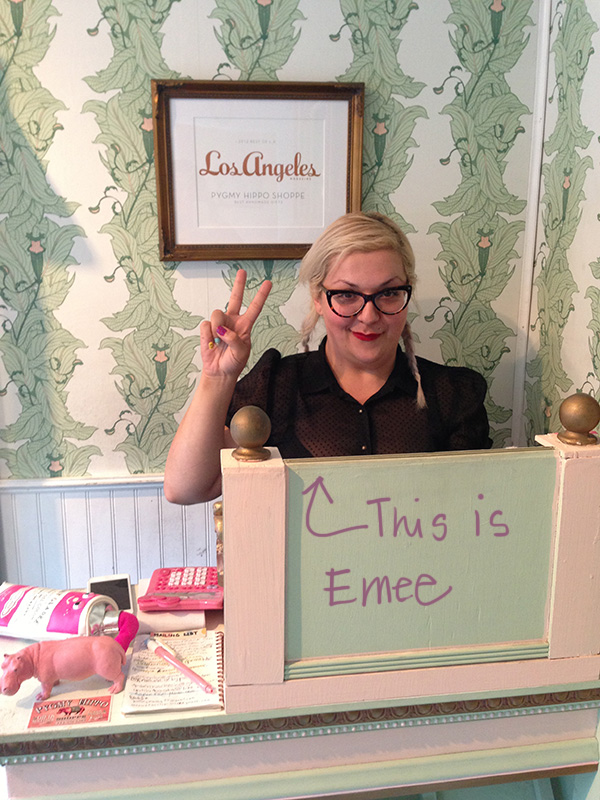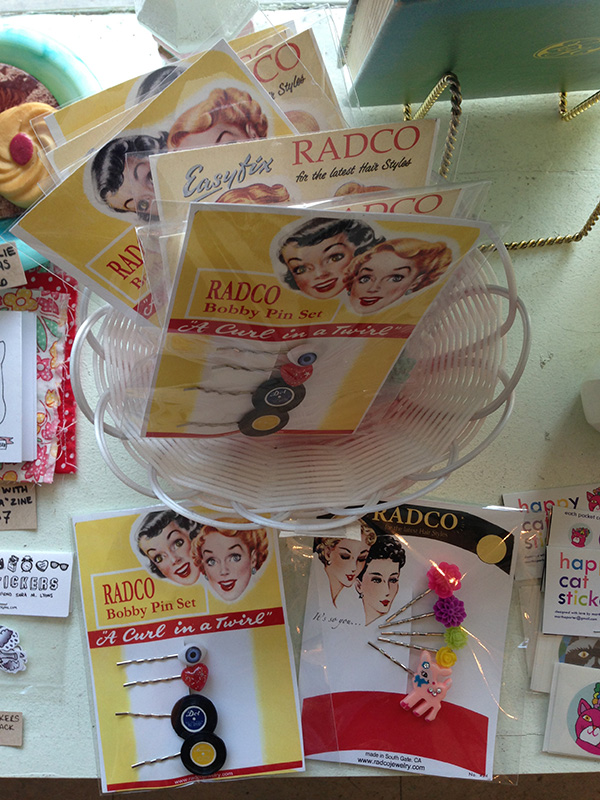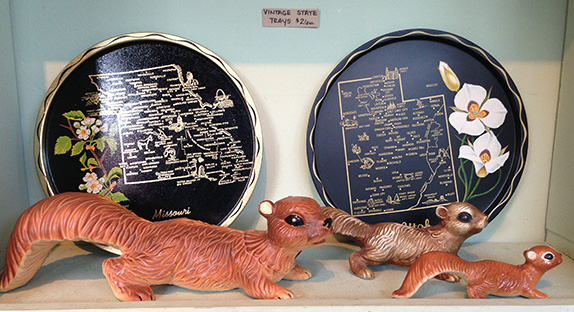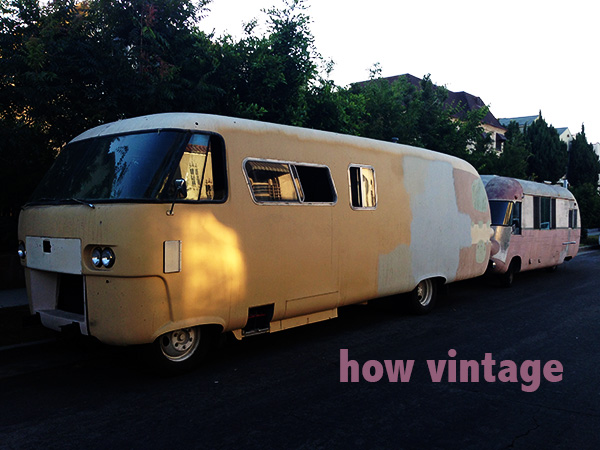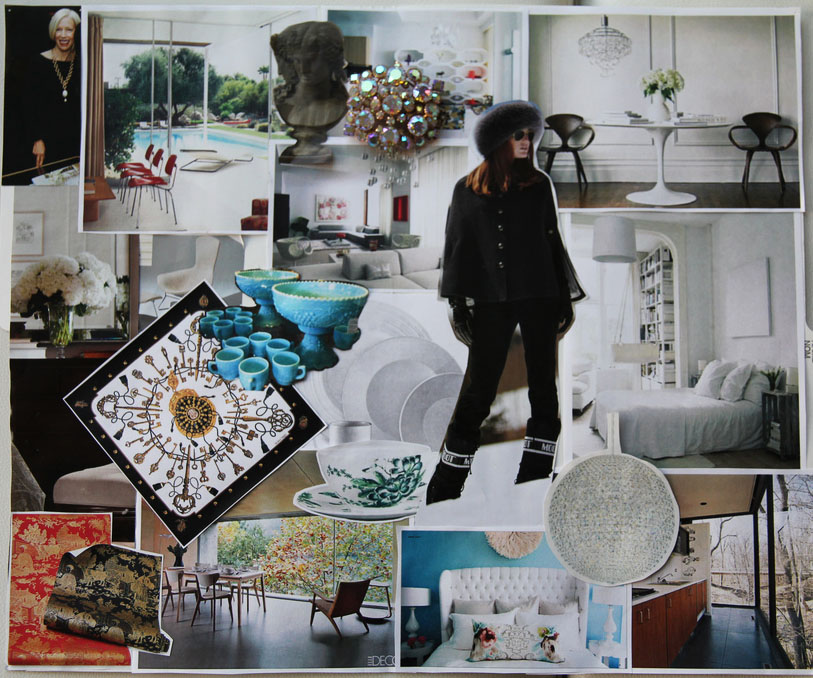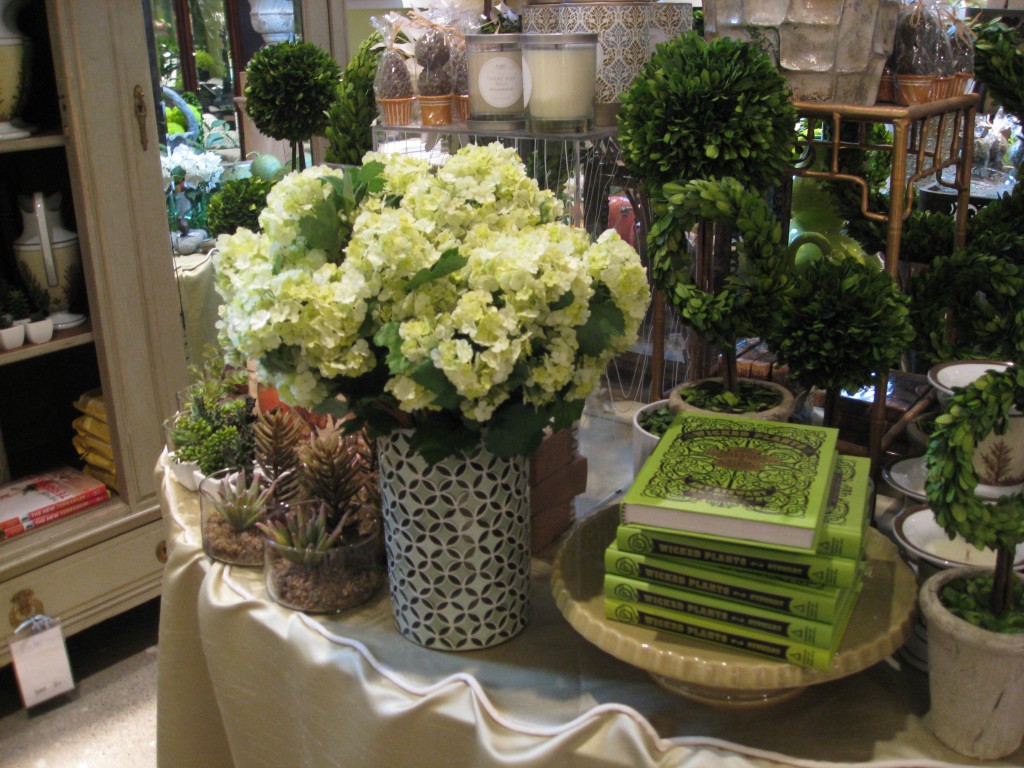Silver Fox Energy At A Black Tie Wedding: Finding Your Style Voice
The silver fox energy at a black tie wedding I attended blew me away, and here’s the story. The silver foxes owned their outfits with an unparalleled panache, and amidst them, I found my place, armed with a firm grasp of my Style Voice. Wearing an ensemble that echoed my personal aesthetic, I felt a surge of confidence and comfort. Picture yourself at a sumptuous black-tie wedding, a setting far removed from the familiar comforts of home. Surrounded by extravagance and the implicit expectation to dress in a certain manner, I anchored myself in a vital truth: style is an intimate affair, a mirror of our inner world rather than a mere response to social cues. Embracing what felt genuinely ‘me’ empowered me to confidently showcase my own style amidst the lavishness of the occasion.
Witnessing a Mosaic of Style Expressions
The venue was aflutter with guests, each interpreting the black tie code through their unique lens. Their poise and assurance radiated, underscoring that style isn’t tethered by geographical confines. Amidst the dazzling variety, a group that stood out was the elegant silver foxes, both male and female. But the women, defying age stereotypes, confidently donned bright colors, mini dresses, ball gowns, and so much more. Their flair was a testament that personal style transcends age.
Staying True Amidst Glamour
In this ocean of diverse outfits, my choice resonated distinctively. Genuine style is about embracing what feels right, without external pressures. Rooted in my personal comfort and conviction, my fashion narrative that evening was clear: a blend of simplicity with a bold undercurrent.
Appreciating the Diversity of Style Icons
As I stepped into the venue adorned with opulent decorations, I couldn’t help but notice the myriad of age groups and styles on display. The guests exuded confidence and sophistication, each interpreting the black tie dress code in their unique way. It was a true testament to the fact that style knows no boundaries. In a world where fashion trends come and go, one truth remains unwavering: style knows no age or geographical boundaries.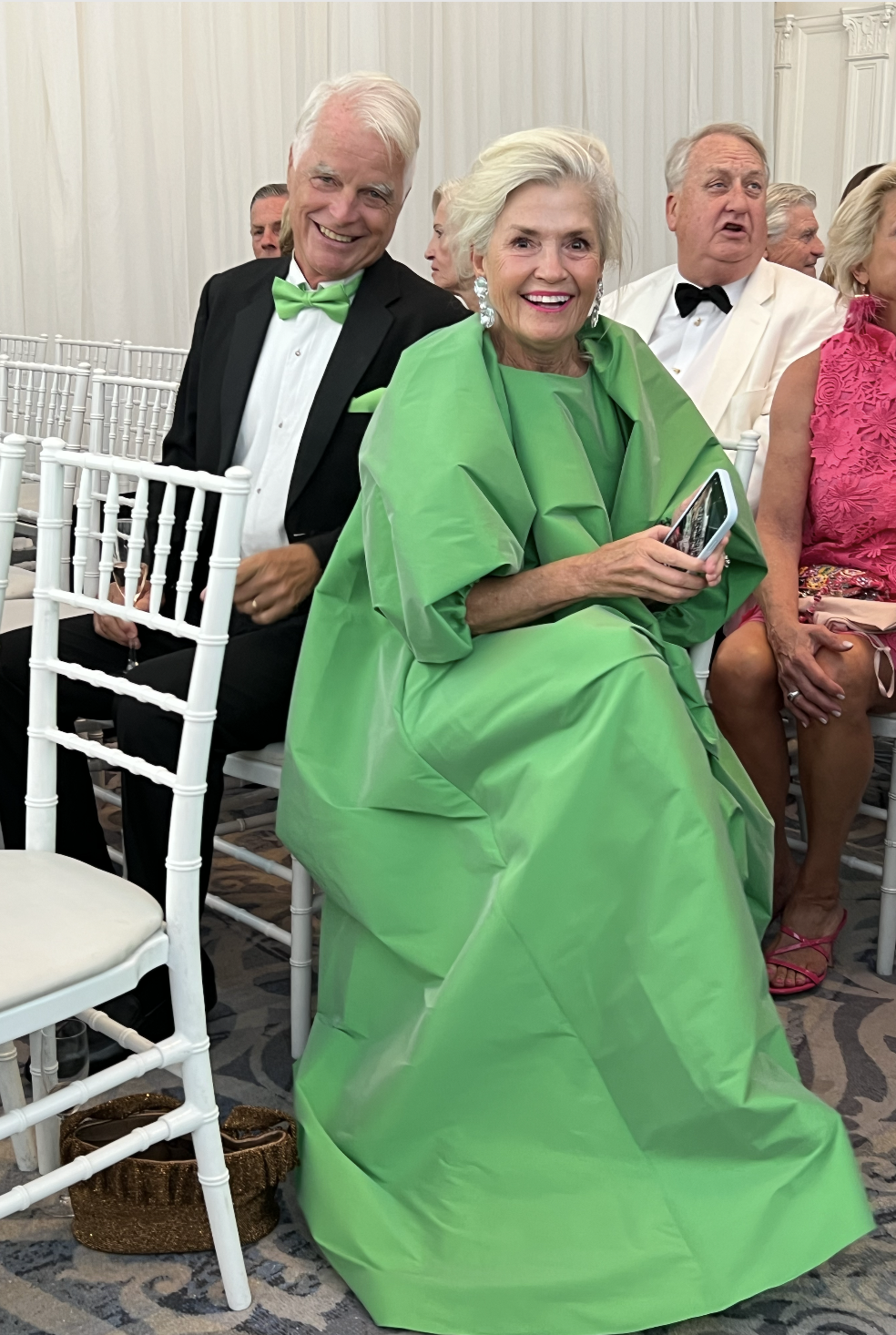
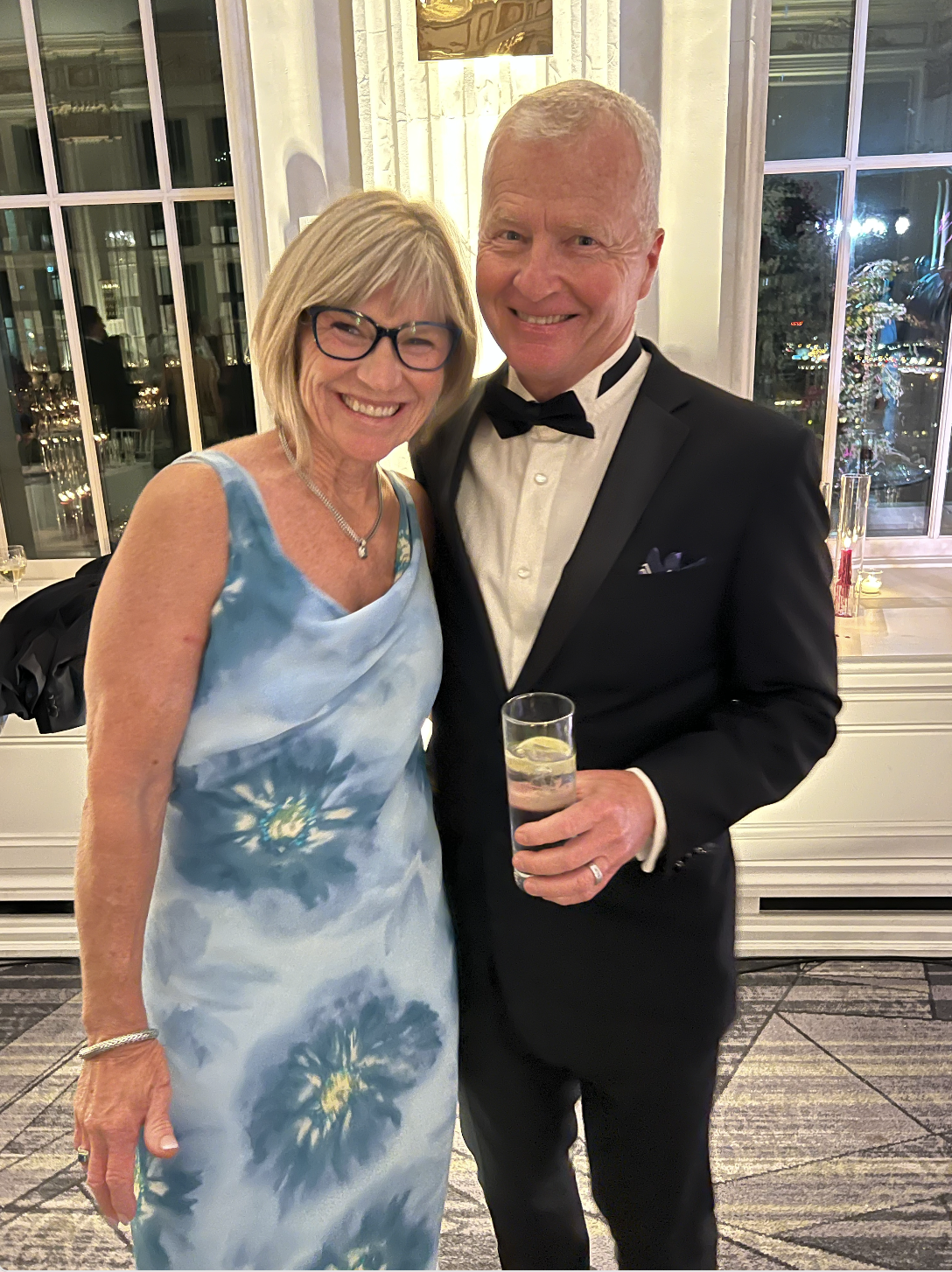
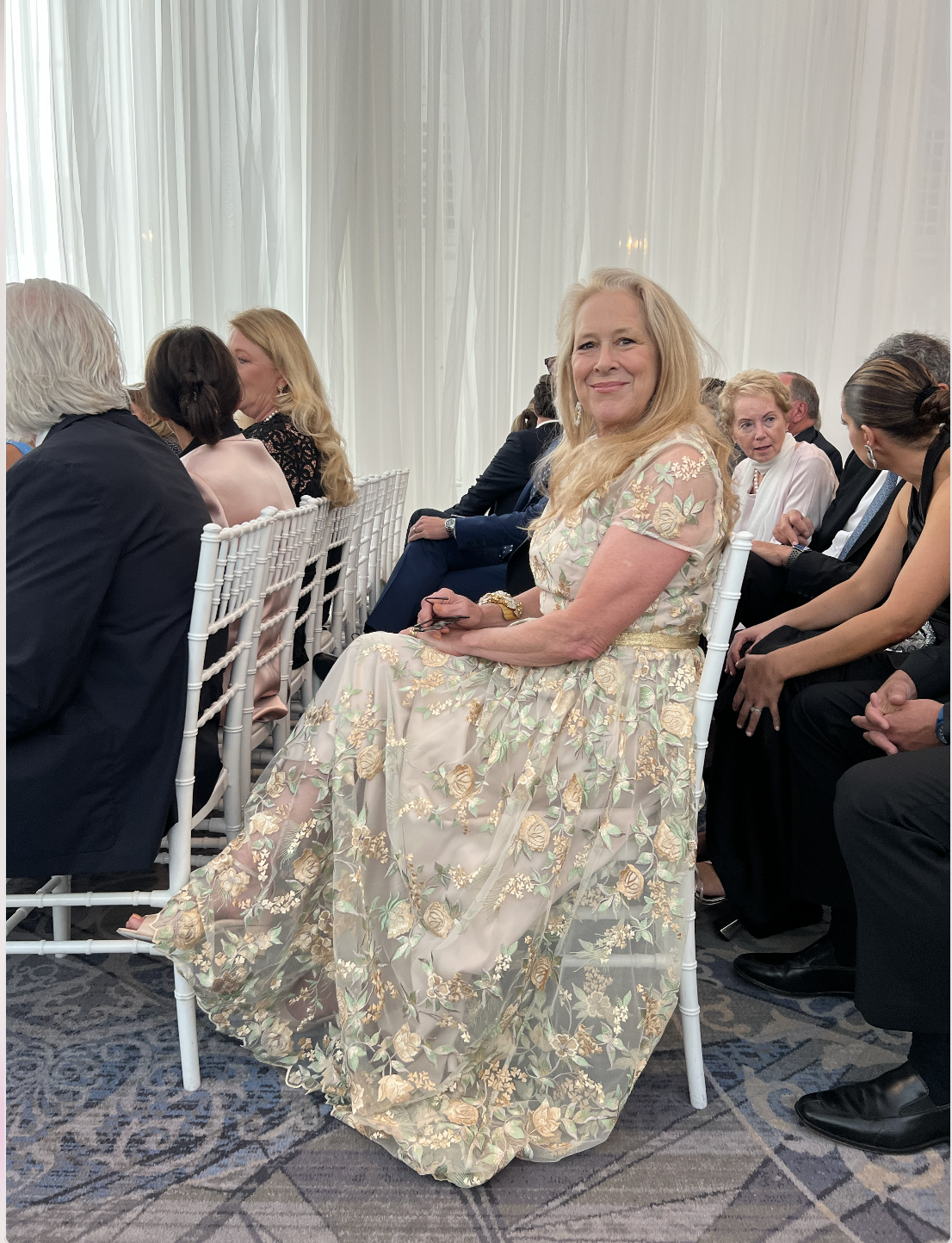
Transforming Simplicity to Elegance
I gravitated towards a modestly-priced COS dress, symbolizing my love for simplicity. Yet, it was the personal flourishes – a resplendent embroidered silk scarf and coordinated sandals – that amplified the elegance. This moment was a vivid reminder: true style isn’t about expenditure but personal ownership.
Silent Stories Spoken Through Attire
As hours danced by, my outfit narrated tales of my identity. It mirrored my penchant for the understated with a spark of panache. Through fabric and design, my attire effortlessly resonated my core beliefs and individuality.
Extending Style Beyond Clothes
The wedding was a clarion call, reinforcing my belief that style pervades every life dimension. Just as I have a signature fashion voice, the same philosophy guides me at home and in my everyday choices, ensuring harmony, authenticity, and comfort in every corner of life.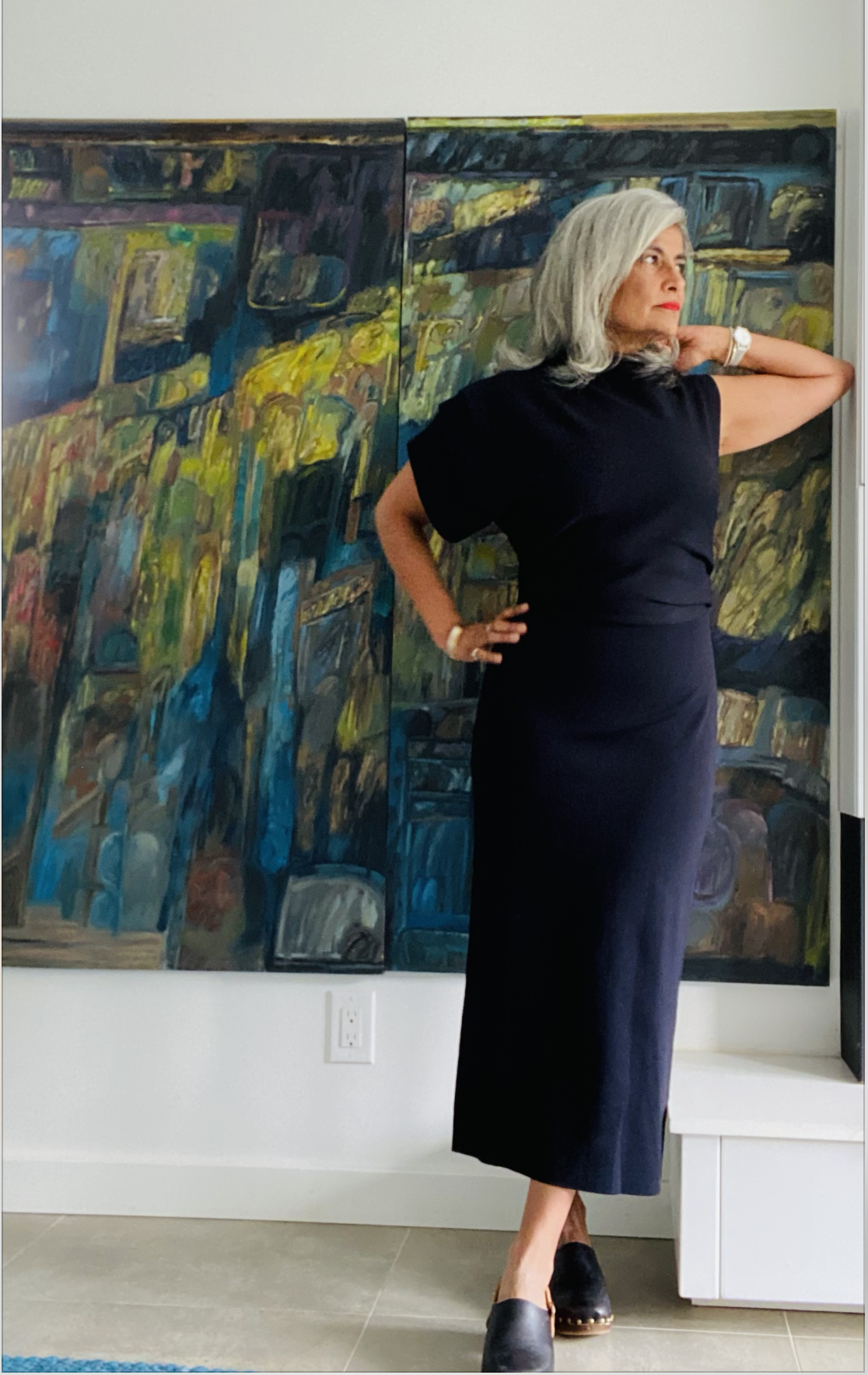
Confidence in My Style Voice: Comfort as a Guiding Light
Amid the sea of sophisticated ensembles, I didn’t feel out of place with my style choices. What sets personal style apart is the ability to confidently wear what resonates with you, irrespective of external influences. The regional style expectations that could have easily swayed me were mere whispers in the wind. I was armed with a firm belief in my own taste and a deep understanding of what makes me feel comfortable and confident. My style voice echoed a sentiment of bold simplicity – a philosophy I embrace wholeheartedly, even in the midst of an upscale event like this.
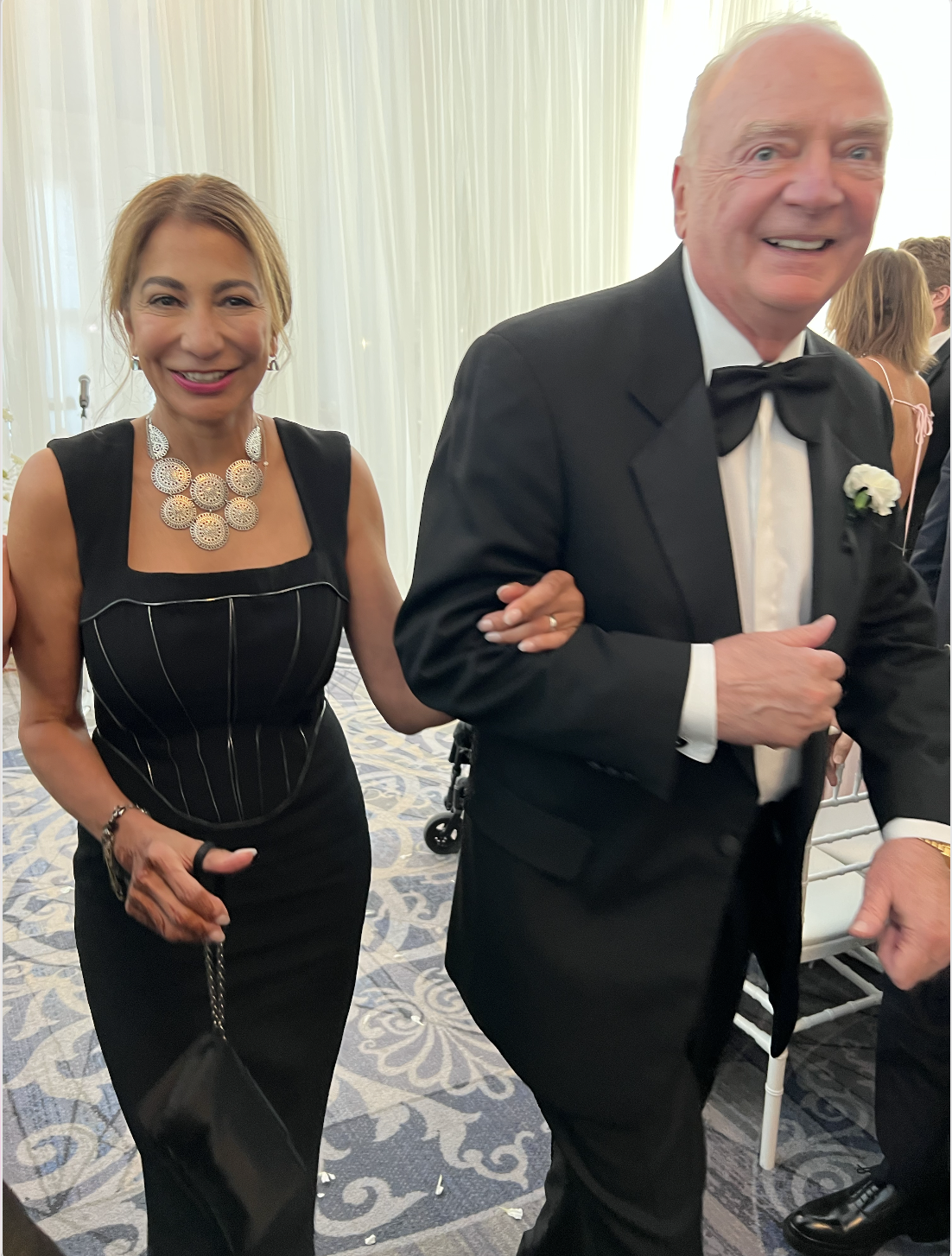 A Dress, A Scarf, and My Style Voice
A Dress, A Scarf, and My Style Voice
For the event, I decided to adhere to my style voice’s mantra of ‘Bold Simplicity’. I chose a $180 COS dress that embodied simplicity in its design. But it was the way I personalized it that truly made the ensemble my own. A heavily embroidered silk scarf draped around my shoulders added an element of opulence, while matching sandals completed the look. This transformation taught me that style isn’t defined by price tags; it’s defined by how you wear what you wear, and the vibe you exude.
Unveiling Your Story Without Words
As the night unfolded, I realized that my outfit, much like everyone else’s, was telling a story. My dress and flamboyant scarf were an introduction to who I am and what I stand for. They whispered about my personal style voice, speaking boldly about my preferences for simplicity with a touch of extravagance. And the best part? I didn’t have to utter a single word; my attire was a representation of me, my values, my heritage and my authentic self.
Beyond the Price Tag: Embracing Self-Confidence
At an event where luxury fashion is often on full display, it’s natural to wonder if our own attire measures up. The question of cost can be particularly intimidating, making us question whether our outfit is “good enough.” As I looked around at the silver foxes, I was reminded that true style is not determined by the price tag. Confidence, comfort, and individuality are the real hallmarks of a well-put-together ensemble.
Integrating Style into Every Facet of Life
Attending the wedding deepened my understanding that style is much more than clothing; it’s a comprehensive lifestyle philosophy. This philosophy extends beyond the boundaries of fashion, influencing every facet of our lives. Whether it’s in choosing attire, curating a living space, or making daily decisions, I’m guided by my style voice which is ‘Effortless Bold Simplicity’. This approach is about more than aesthetics; it’s rooted in feeling comfortable and confident, and staying true to our authentic selves. By weaving harmony and authenticity into every aspect of our existence, we ensure that our personal style voice is not just seen, but lived in every decision we make. Does your Style Voice say it all?
As we navigate the intricate tapestry of our lives, this approach stands as a testament to the multifaceted nature of personal style. It signifies that style isn’t limited to clothing, but rather it’s a reflection of how we choose to live and express ourselves in every dimension. So, let’s embrace this lifestyle approach, infusing every choice with the same spirit of authenticity, confidence, and bold simplicity that defines our unique style voice.
Closing Thoughts: A Celebration of Individuality
Stepping away from the grandeur of the black tie wedding, I carried with me a renewed appreciation for the profound impact of personal style. It’s a force that transcends generations and blurs geographical boundaries, serving as a reminder that we’re all threads woven into the global tapestry of self-expression. The elegant silver foxes and the diverse assembly of guests served as living proof that style knows no age or geography – it’s a universal language that unites us all.
The event wasn’t solely a celebration of love; it was an ode to the beauty of style and self-expression. The silver foxes, each donning their distinctive and elegant ensembles, underlined the notion that fashion is an exquisite canvas upon which our individual personalities come to life. Embracing our uniqueness while respecting the choices of others is a transformative journey toward self-assuredness.
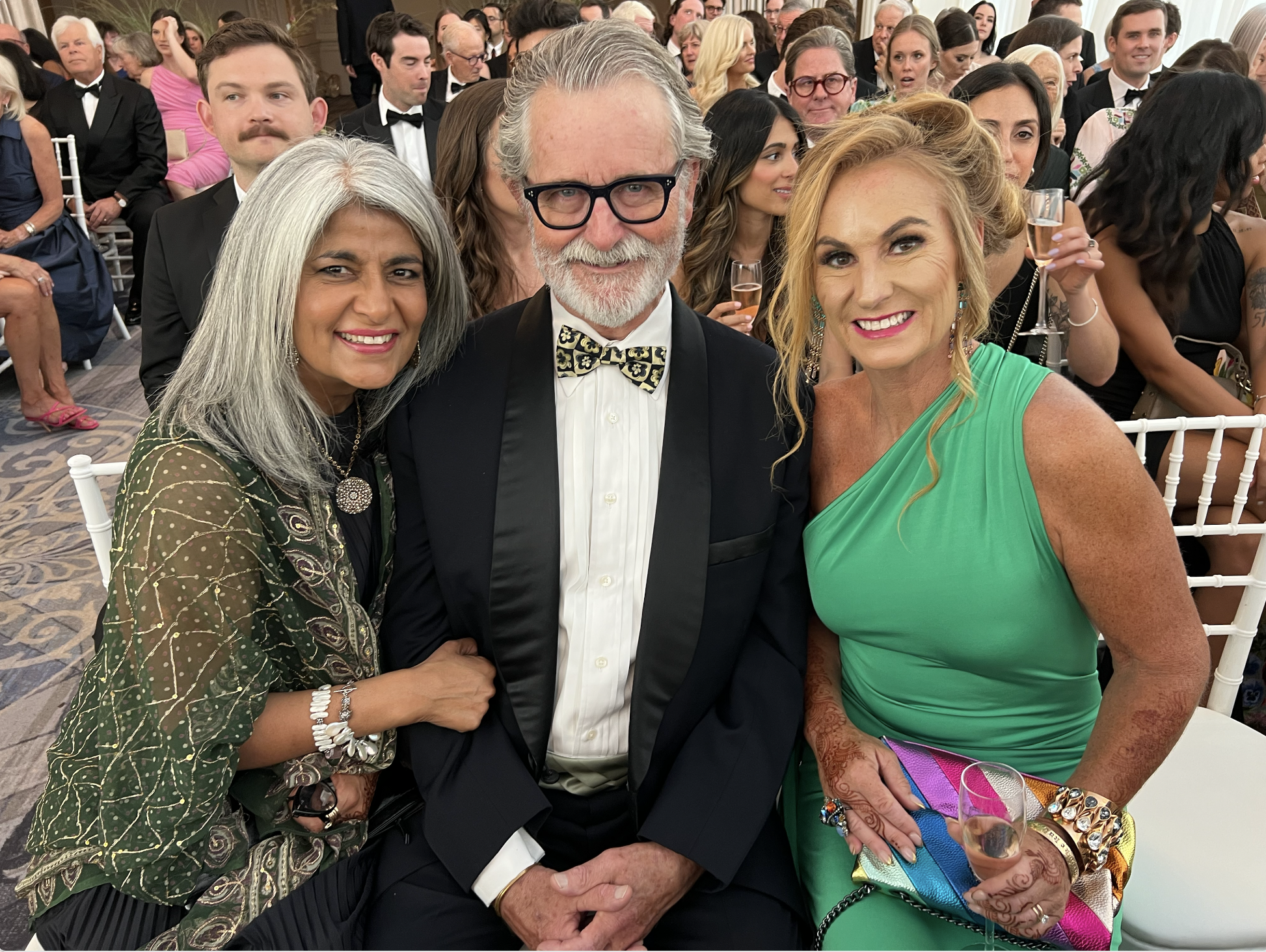
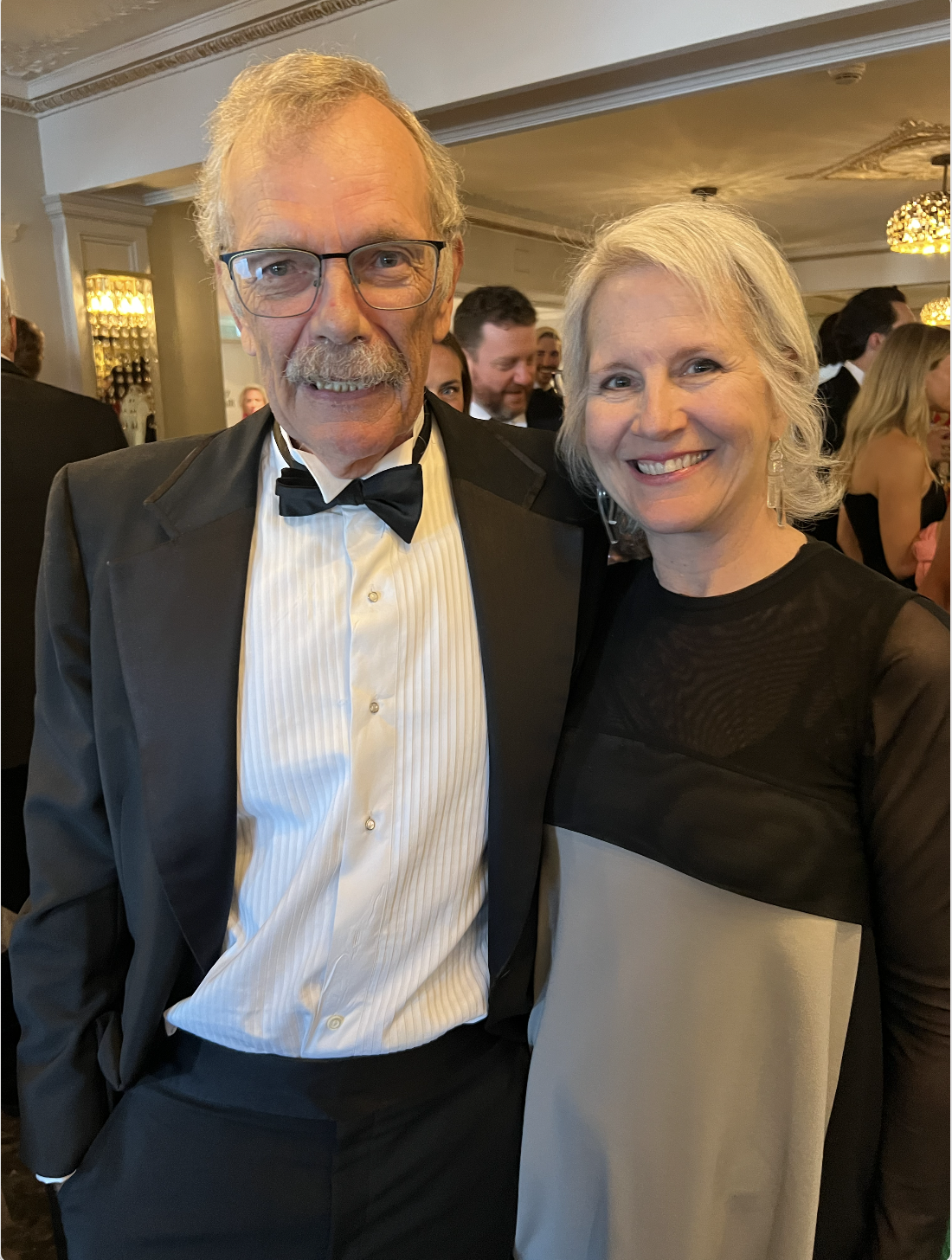 In the world of fashion, the price tag becomes secondary to the way you carry yourself. Whether your attire costs $180 or $1,800, what truly matters is the confidence and authenticity with which you wear it. As we navigate our personal journeys, let’s always keep in mind that style celebrates our individuality, weaving a narrative threaded with confidence, authenticity, and an unwavering commitment to staying true to ourselves. So, let your style voice resonate, let your choices reflect your essence, and let your journey be a testament to the power of embracing who you are.
In the world of fashion, the price tag becomes secondary to the way you carry yourself. Whether your attire costs $180 or $1,800, what truly matters is the confidence and authenticity with which you wear it. As we navigate our personal journeys, let’s always keep in mind that style celebrates our individuality, weaving a narrative threaded with confidence, authenticity, and an unwavering commitment to staying true to ourselves. So, let your style voice resonate, let your choices reflect your essence, and let your journey be a testament to the power of embracing who you are.
As we journey together in celebrating and mastering our unique style voices, I’m excited to share that registration is now open for ‘Silver Style On The Go: Mastering Your Style Voice’. This program is designed to help you travel light and look great, ensuring your style speaks volumes wherever you go. Join us in this adventure of fashion and self-expression. More info HERE

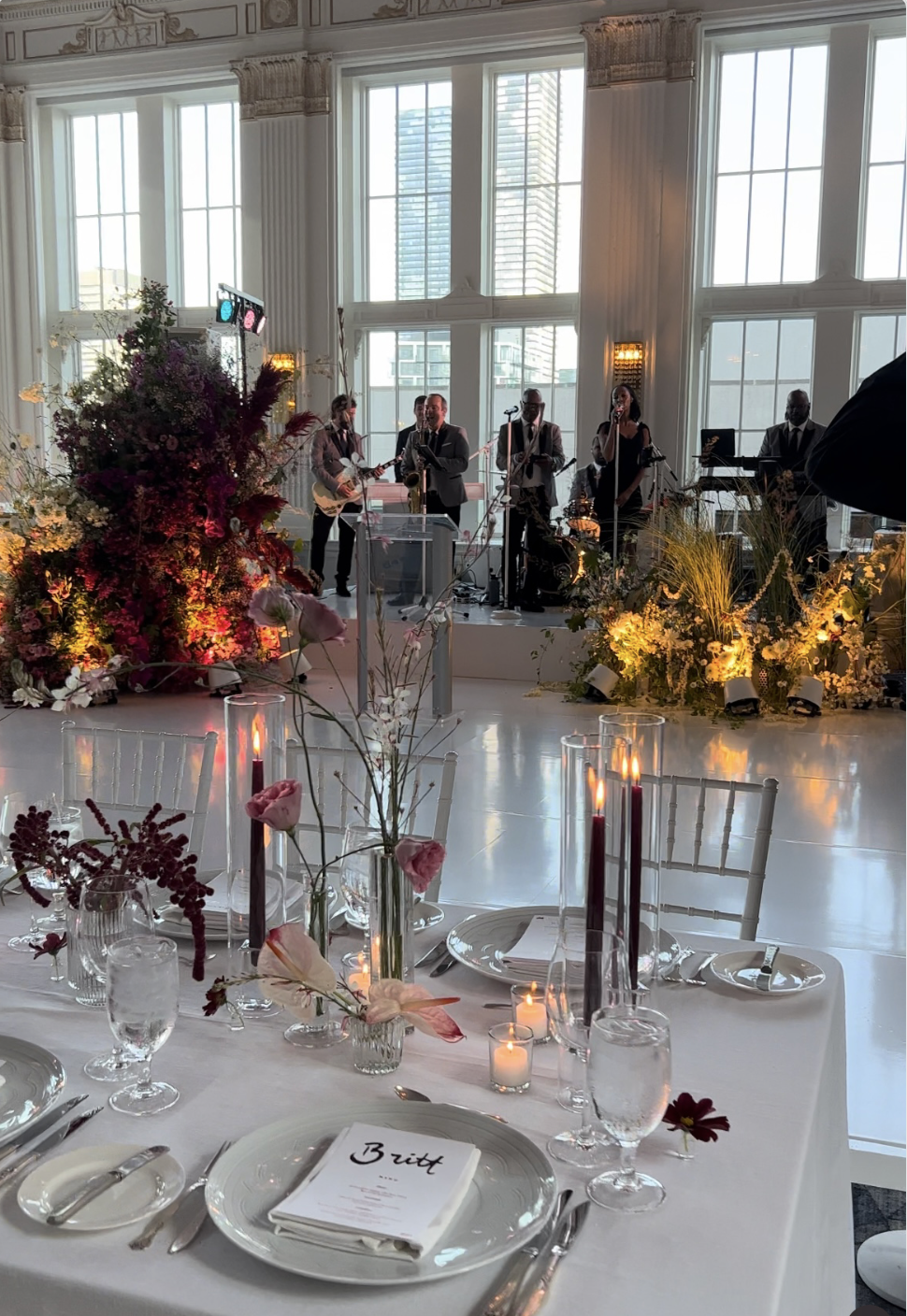
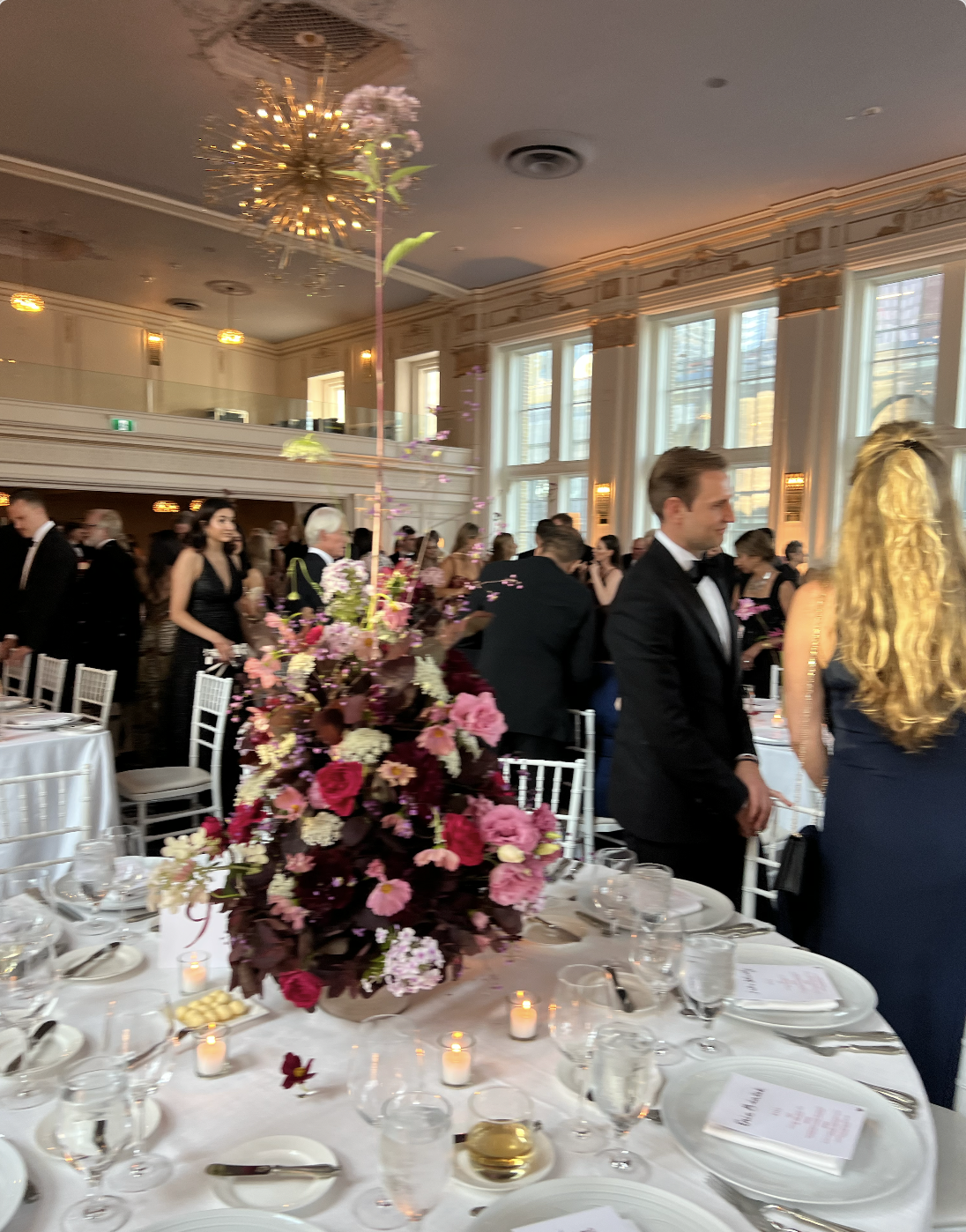

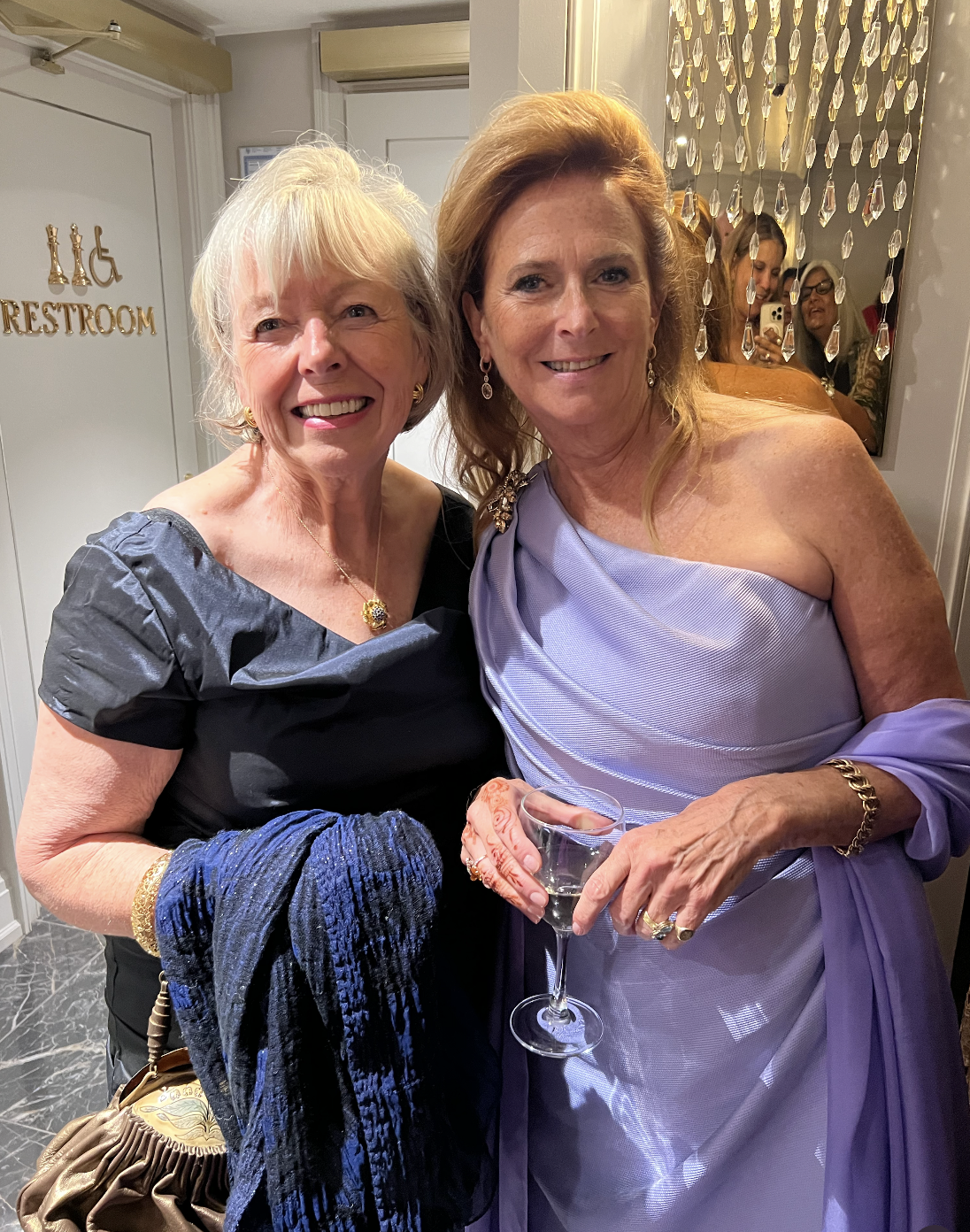
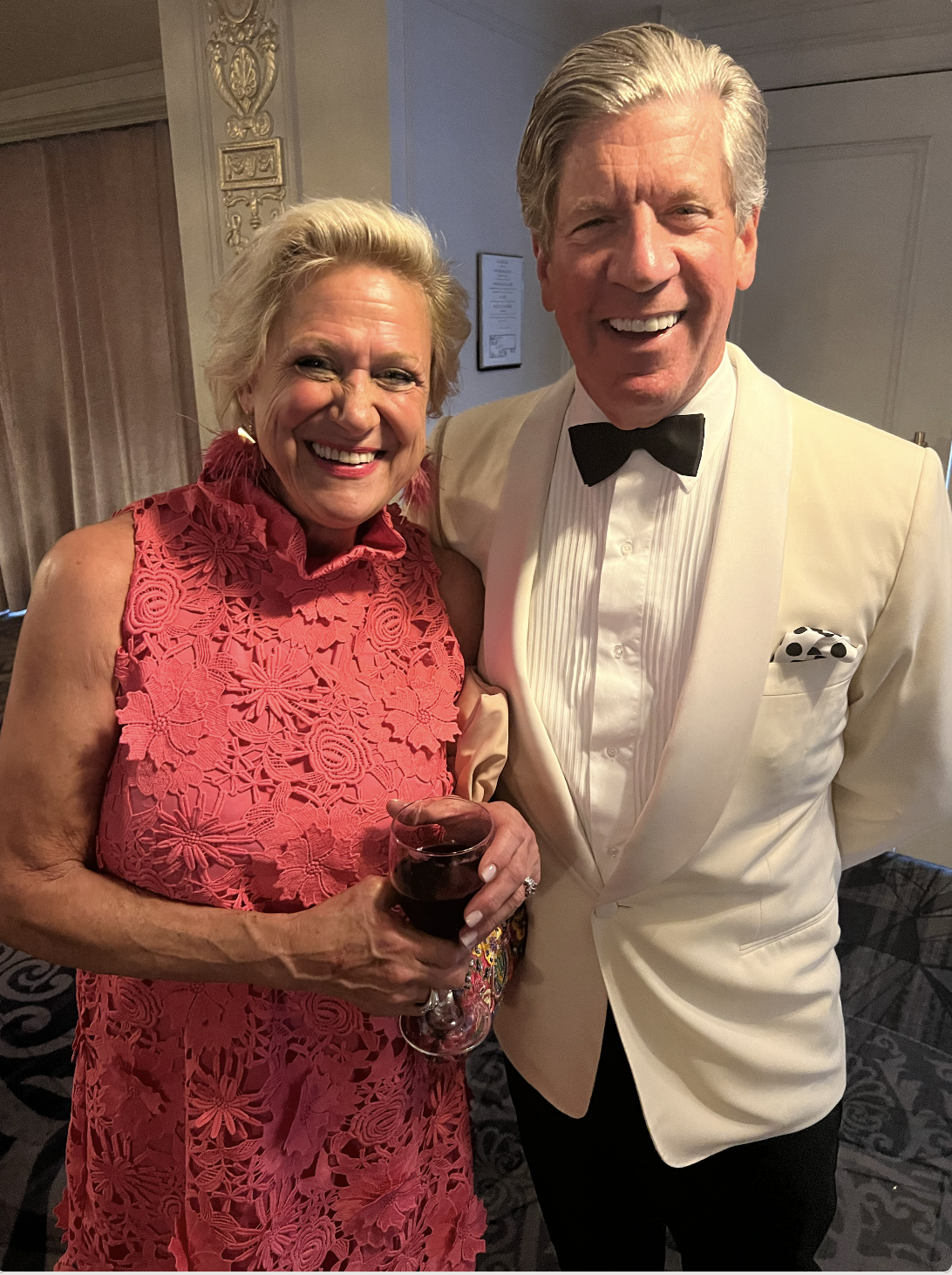
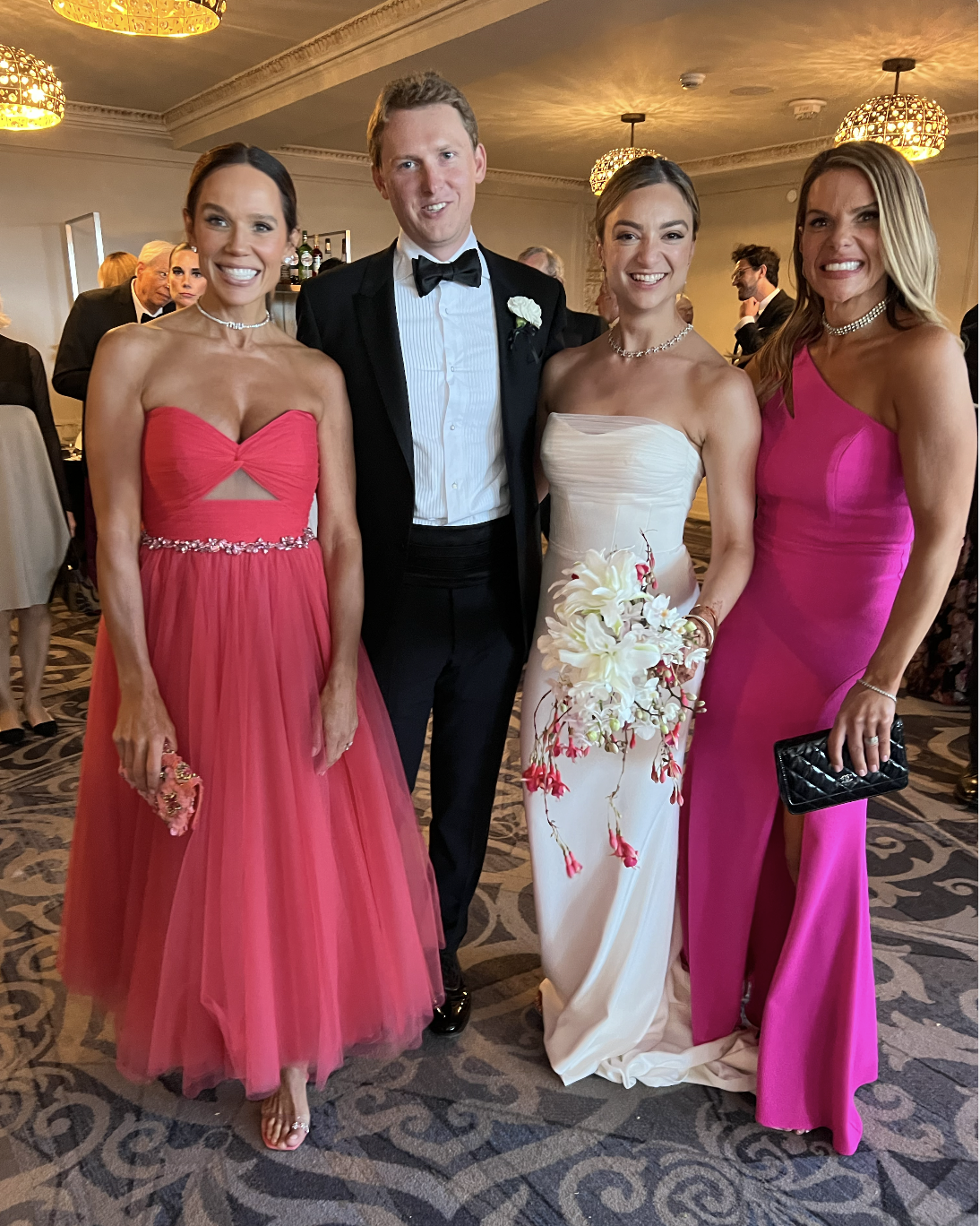
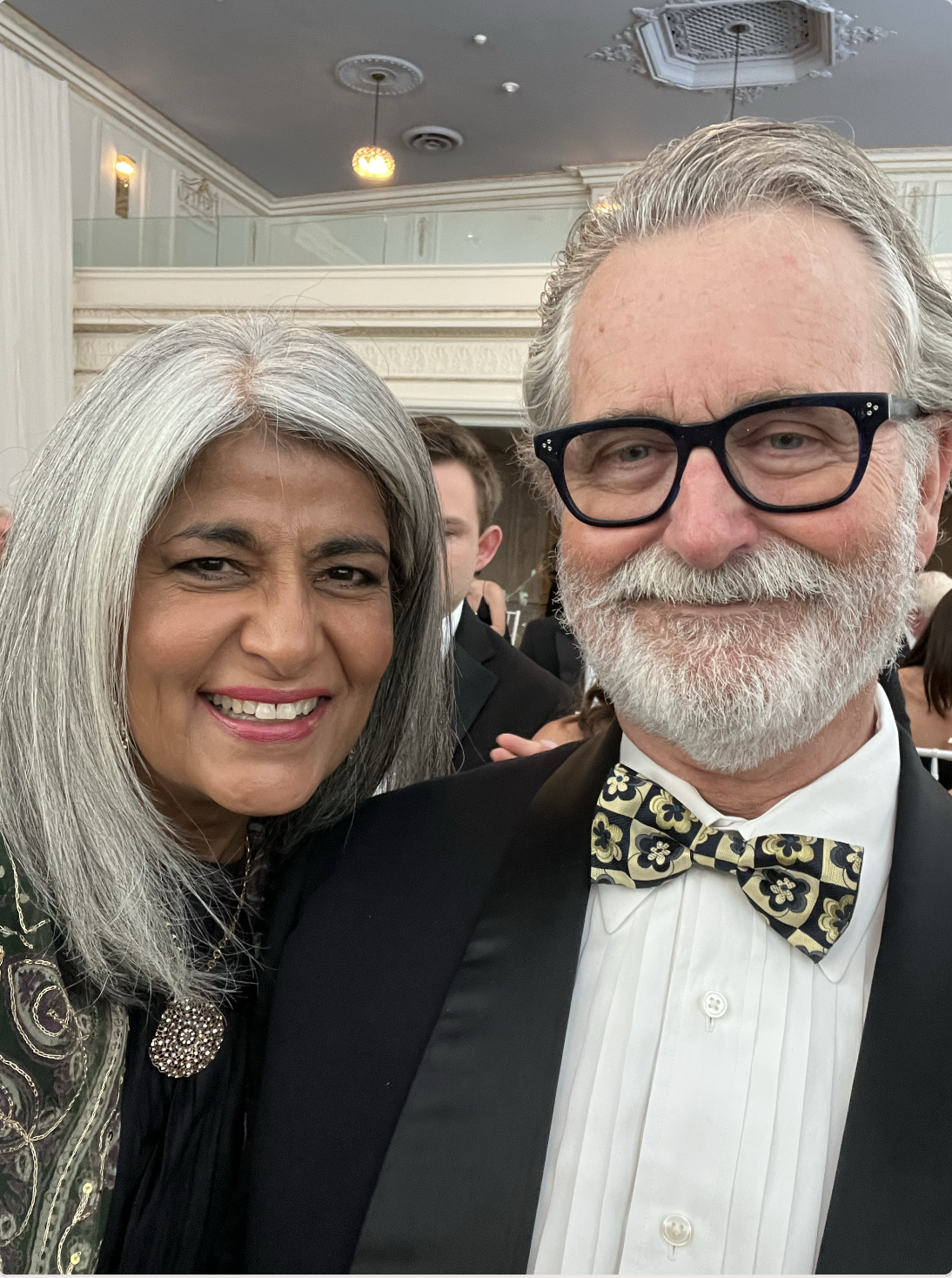
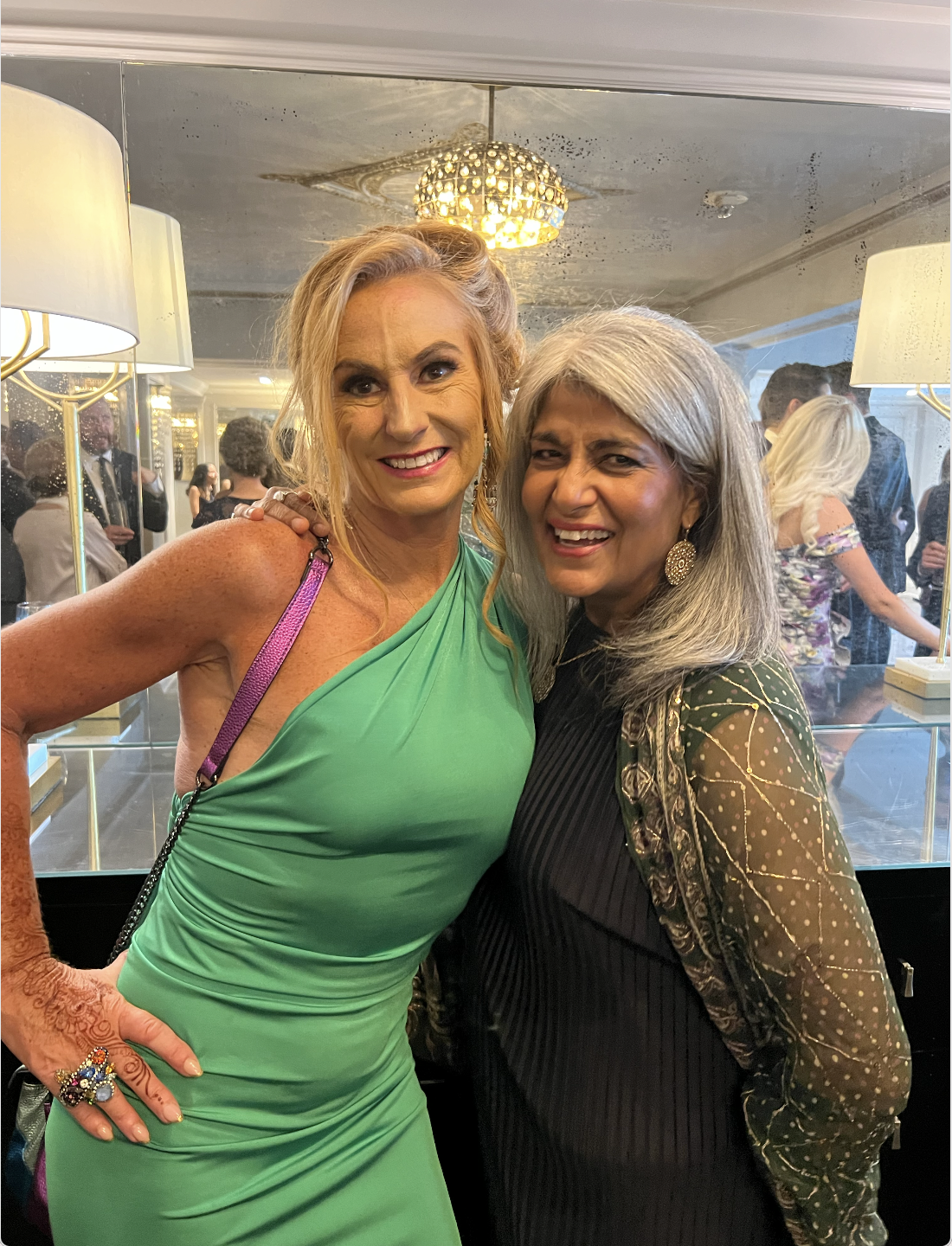
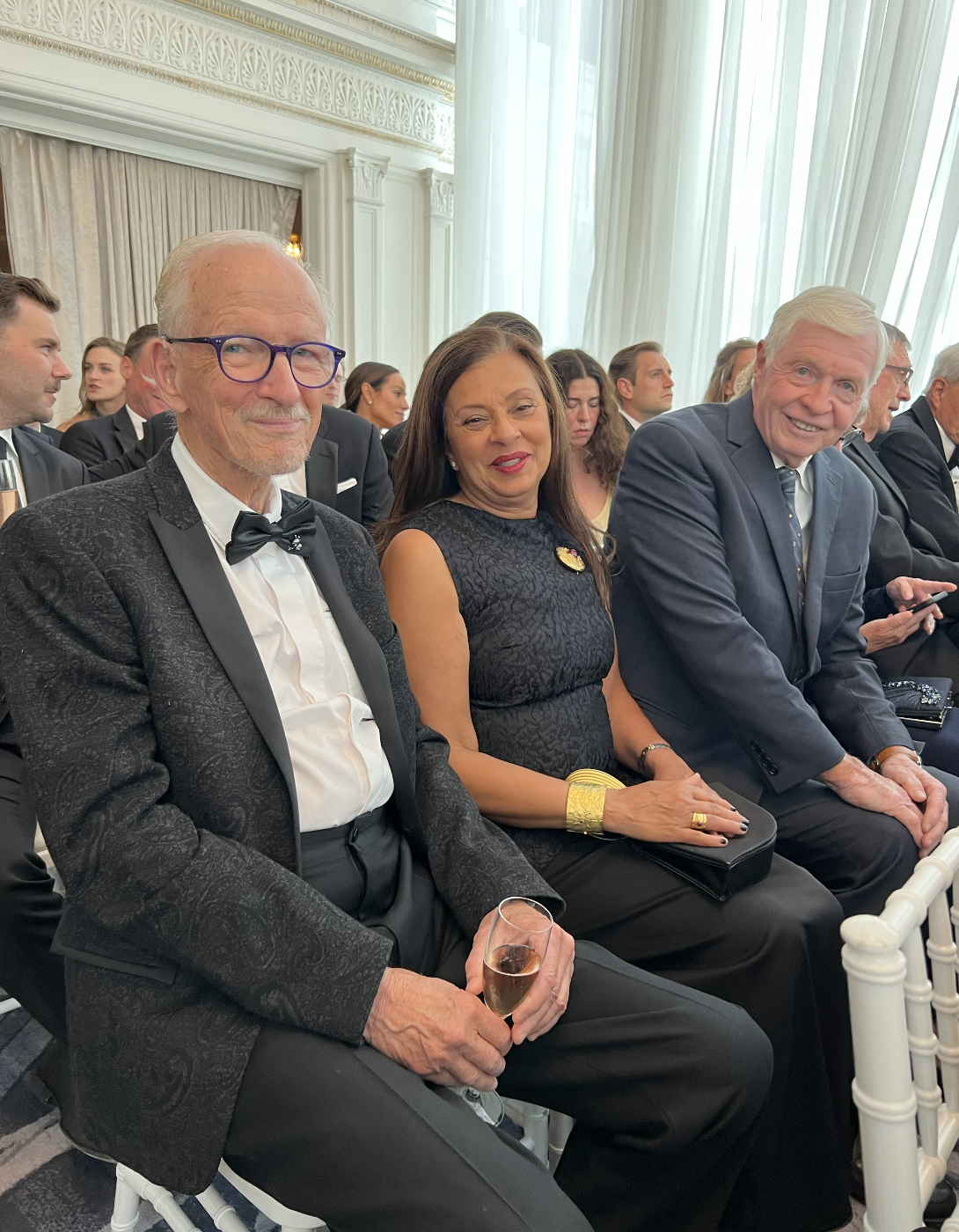
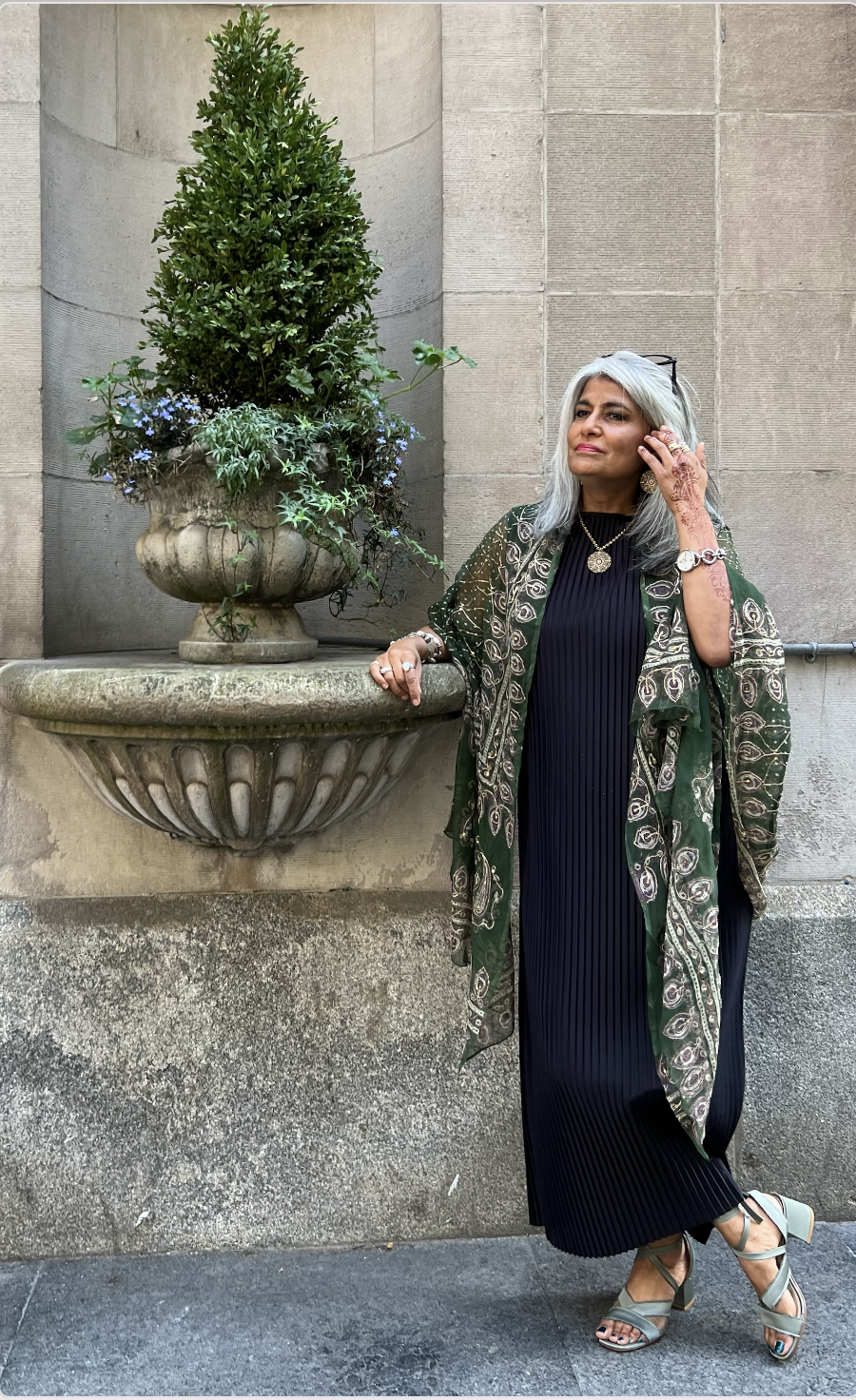
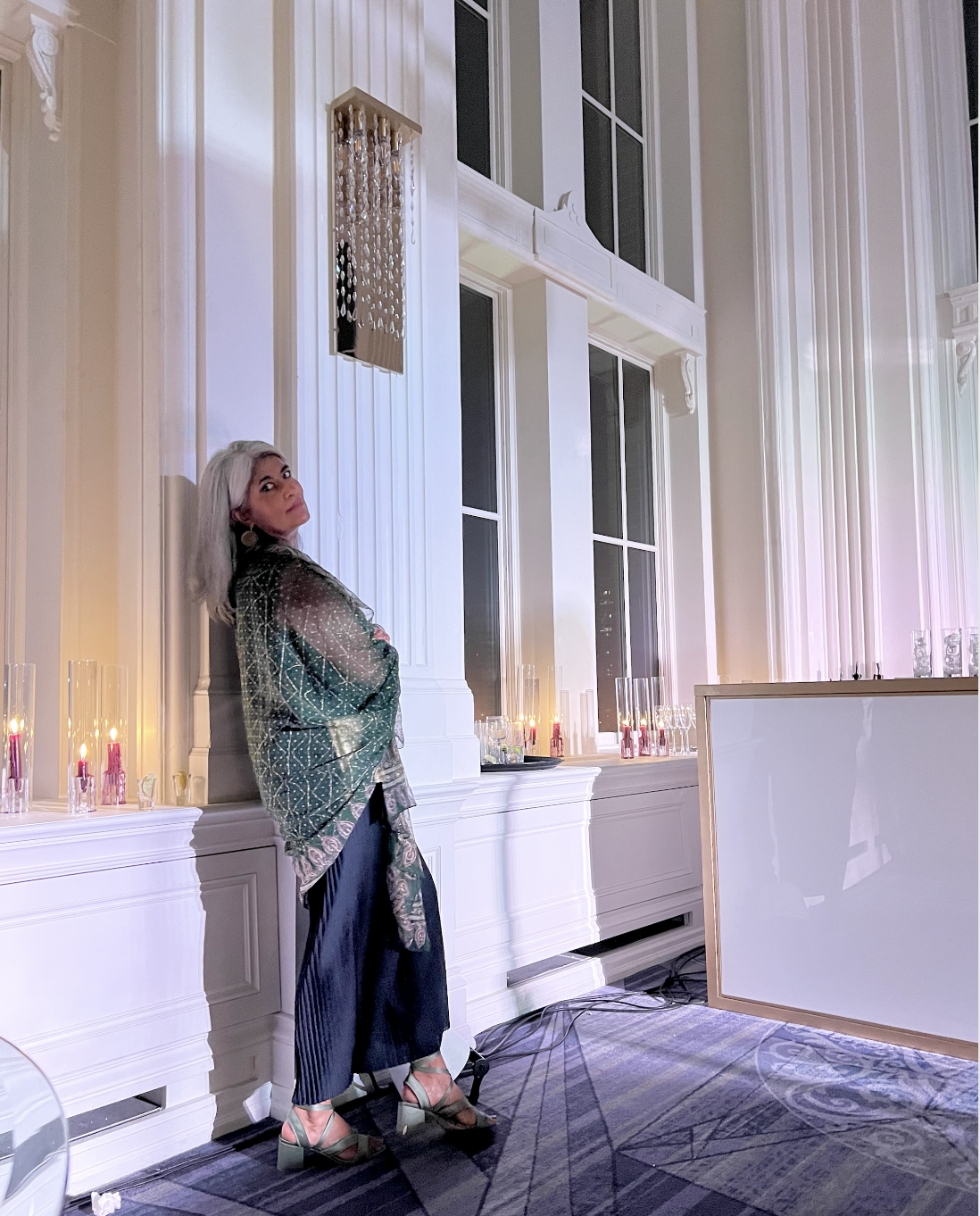
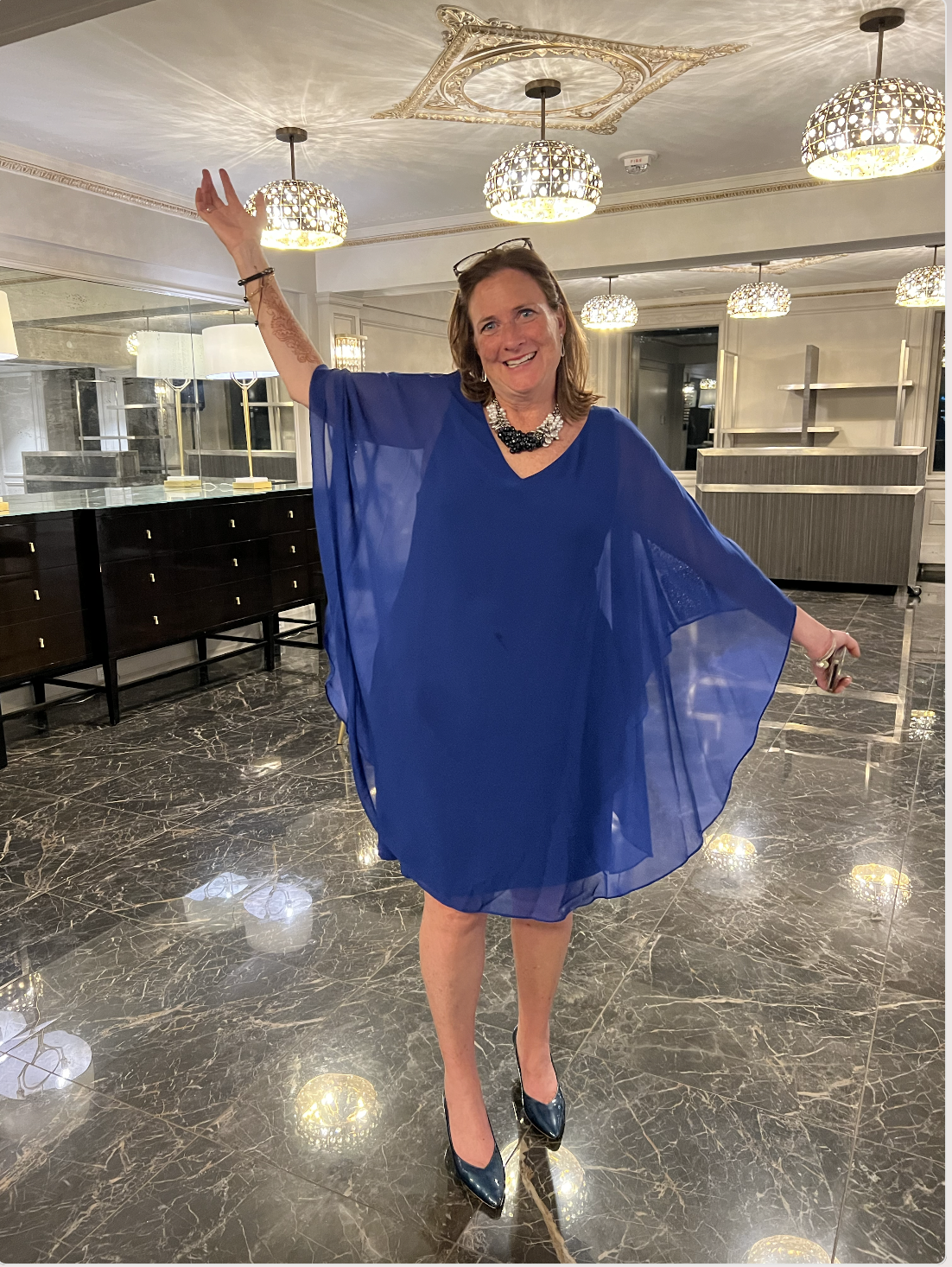
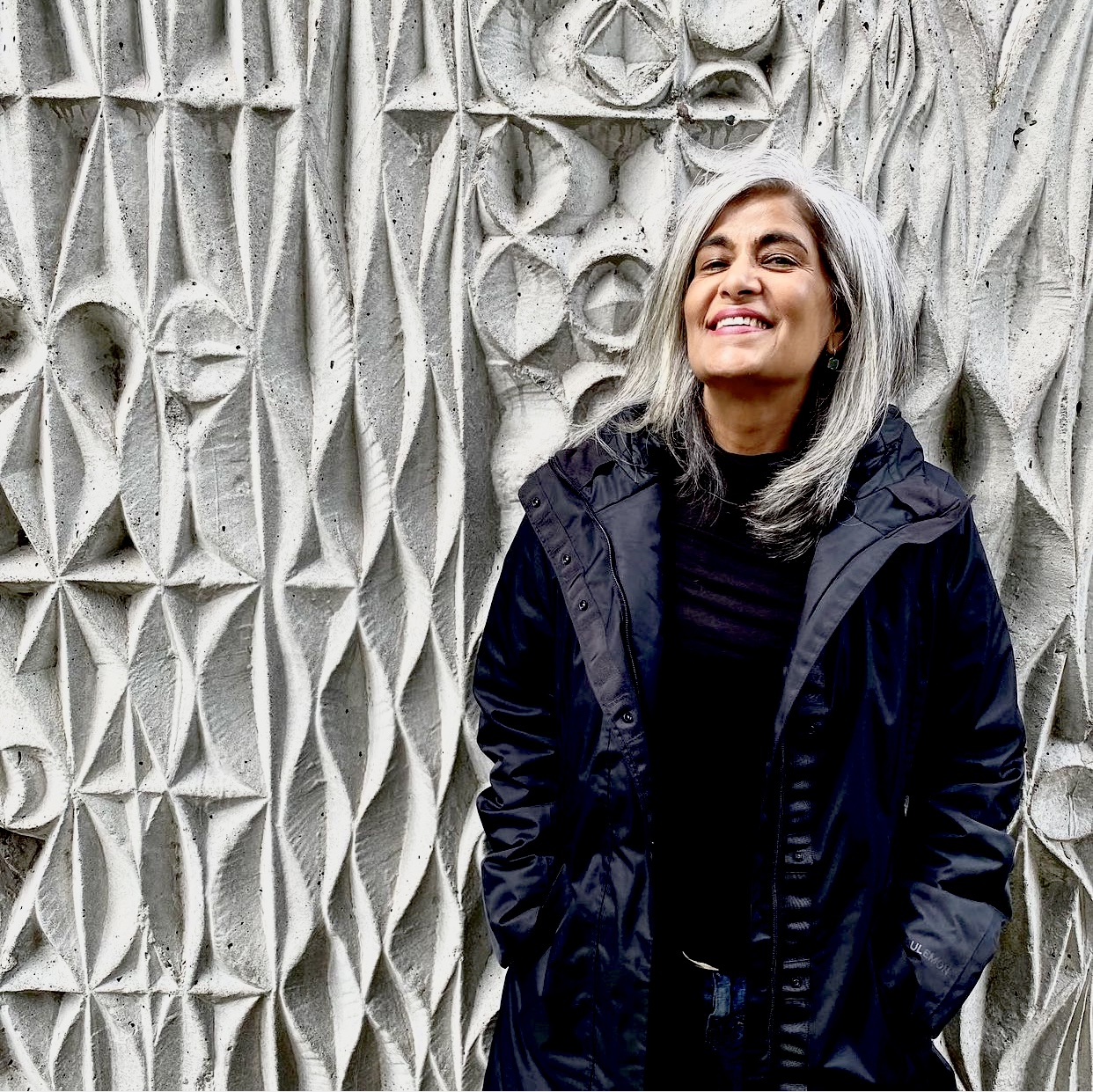

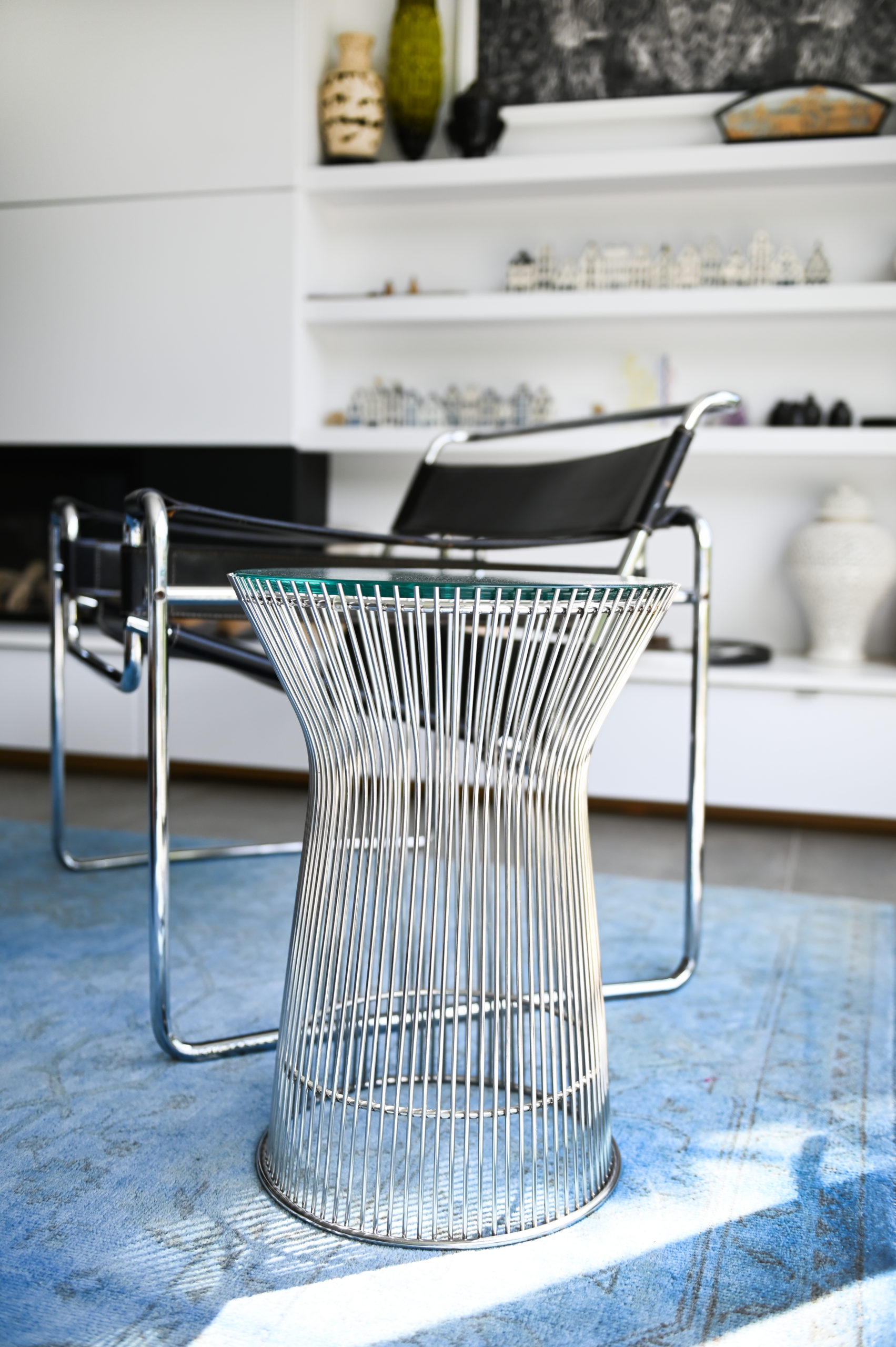
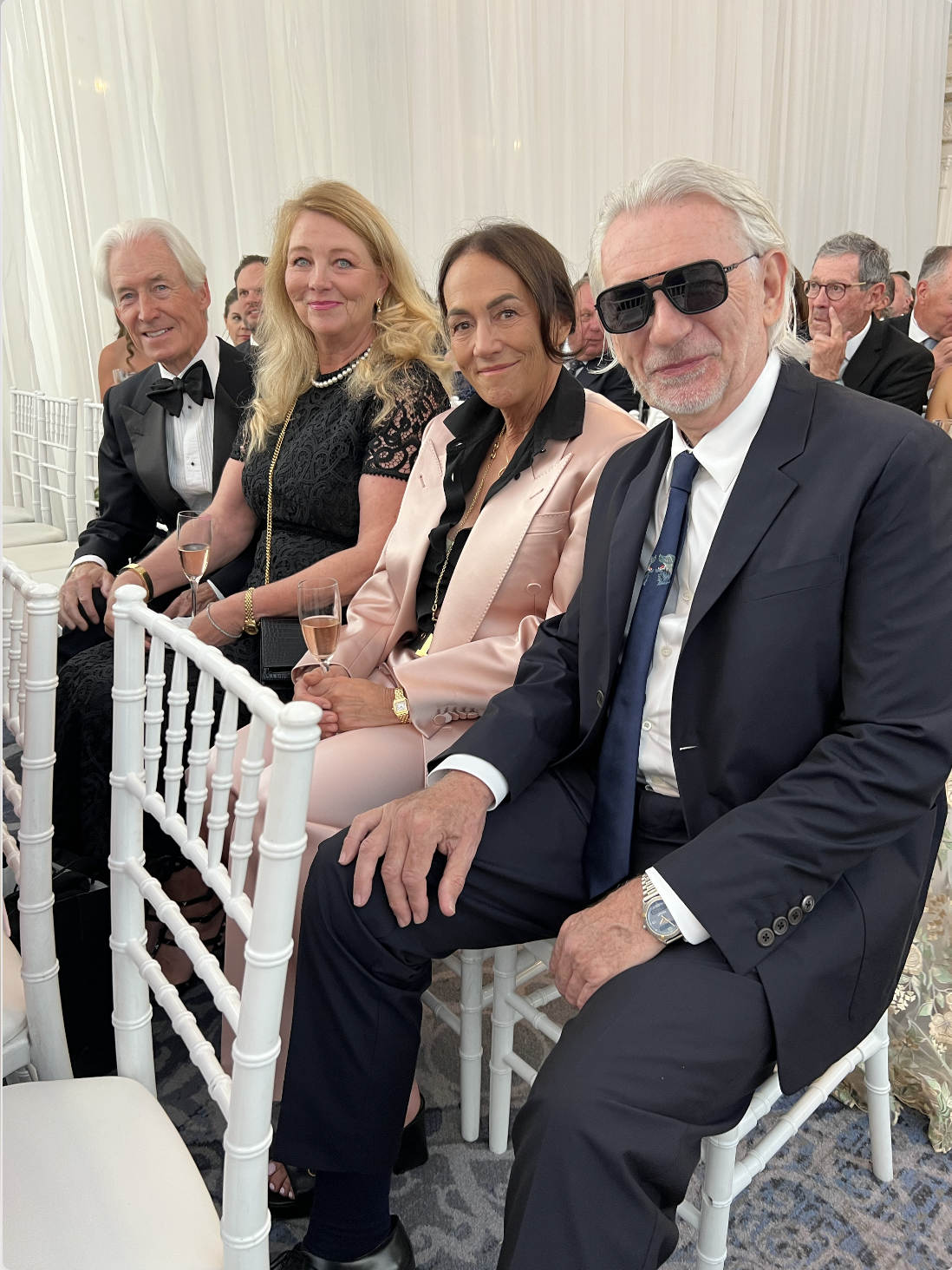
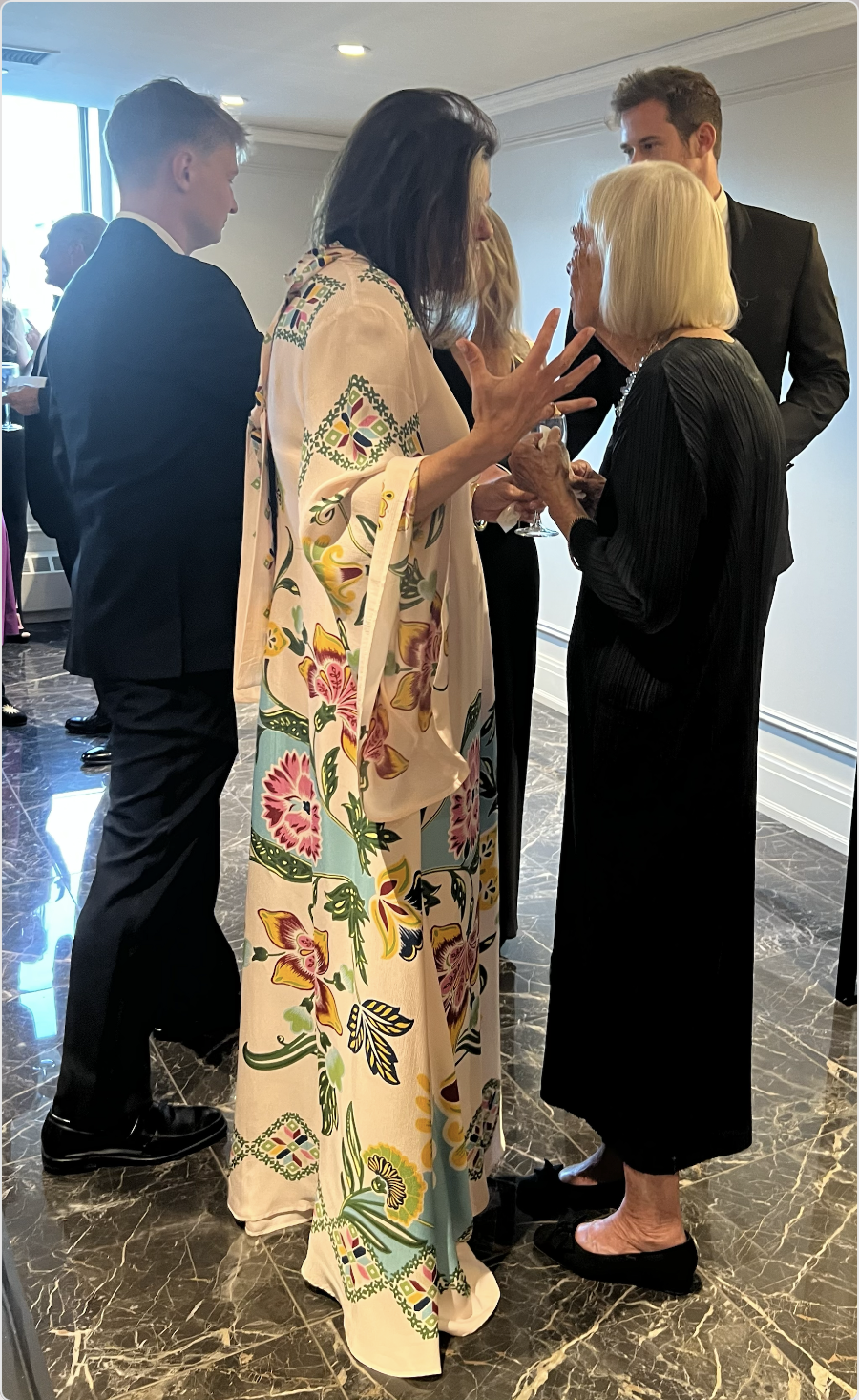
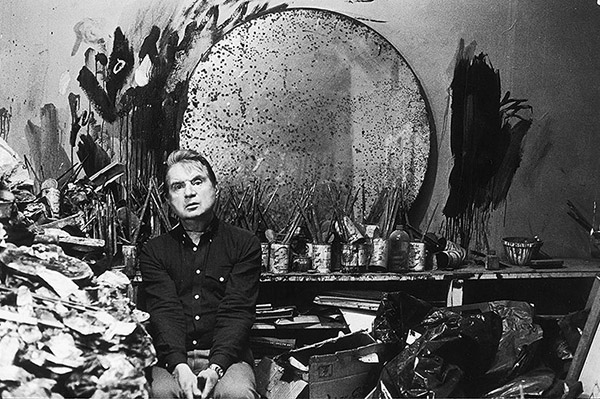
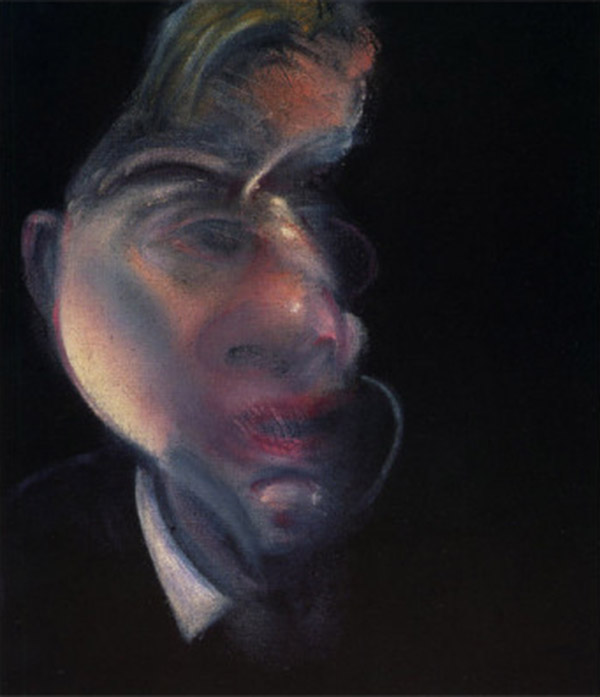

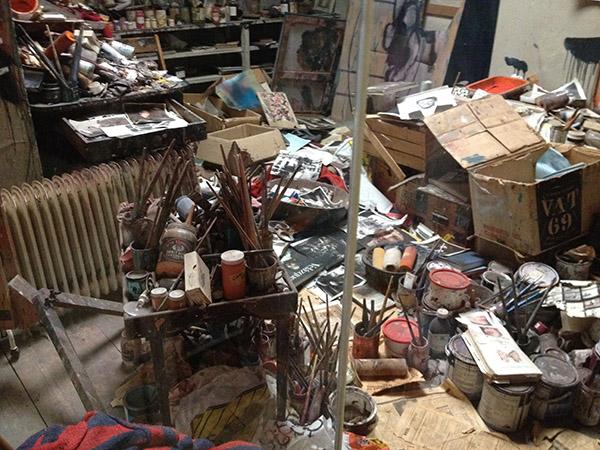
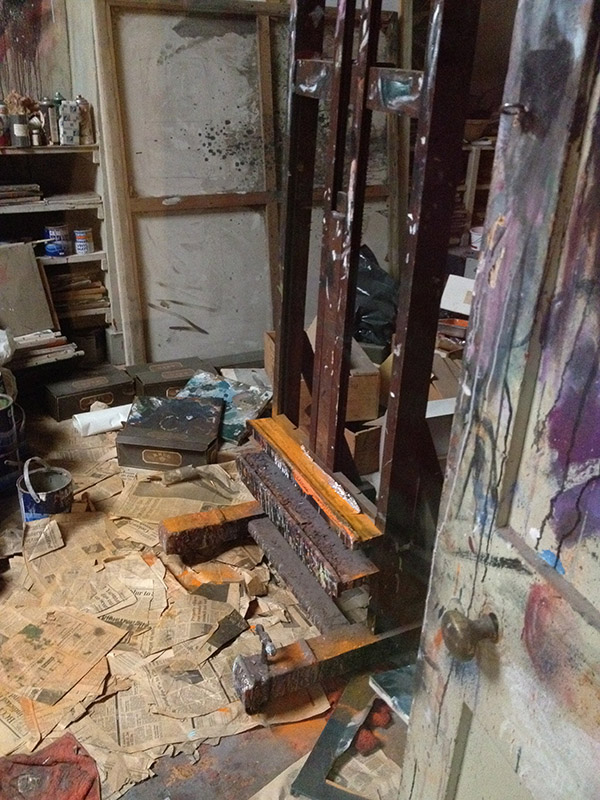

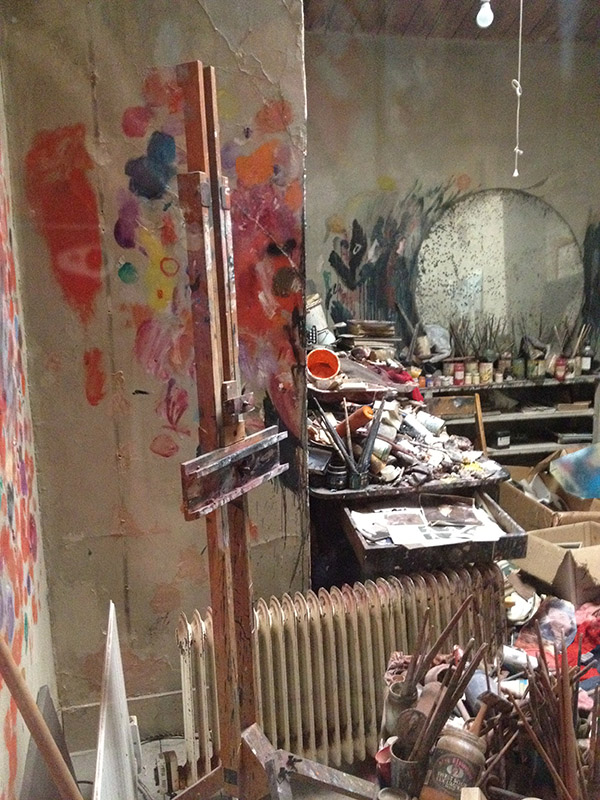
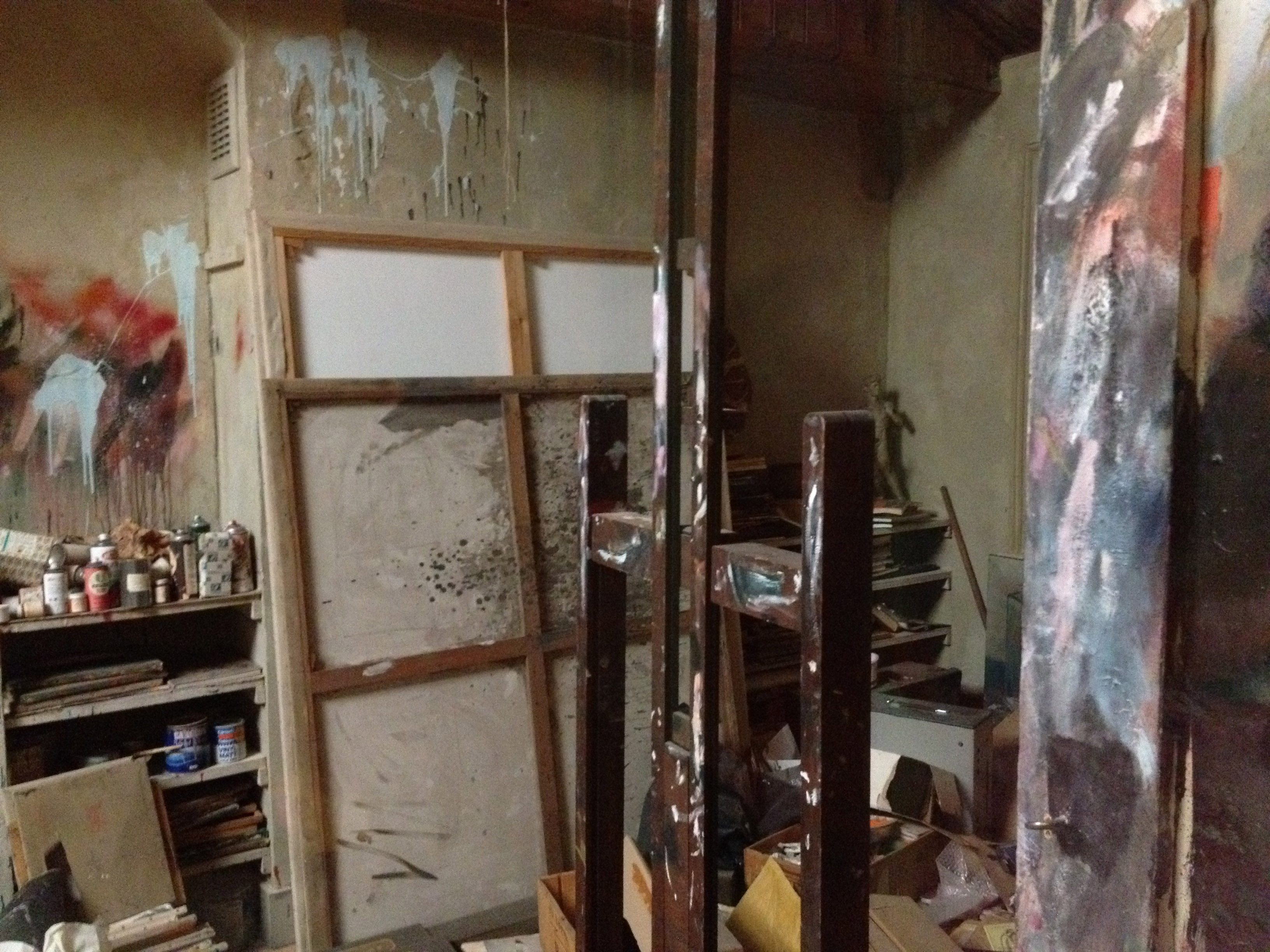
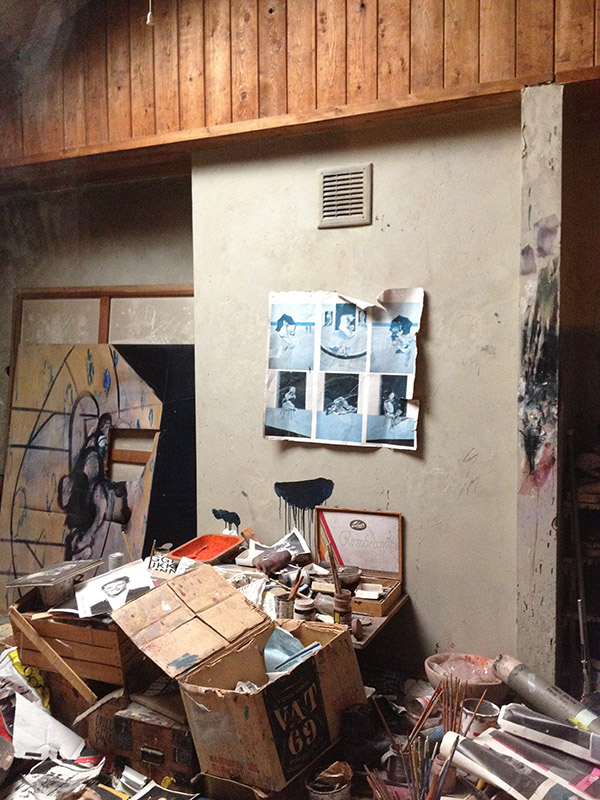

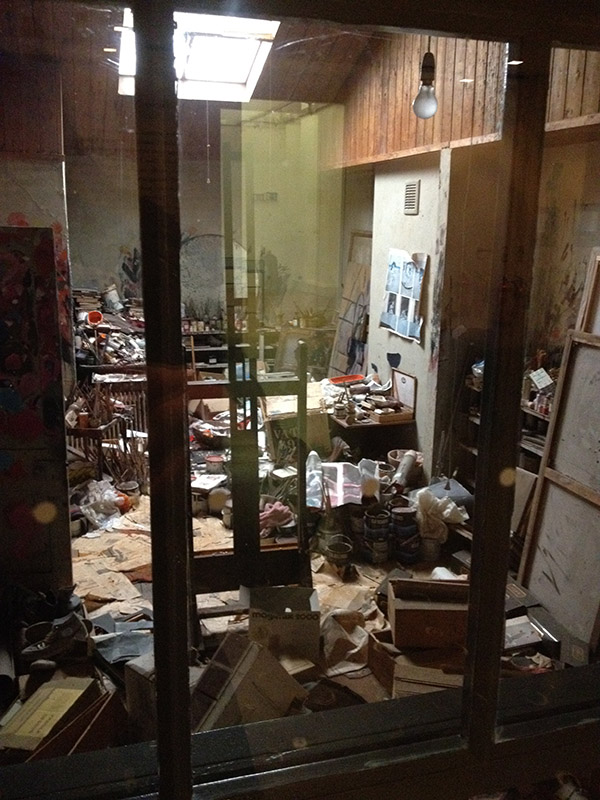
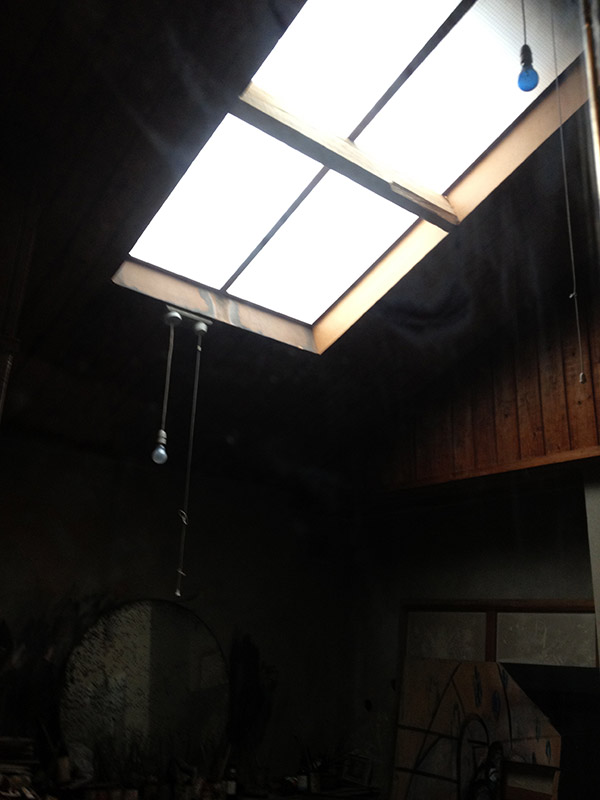
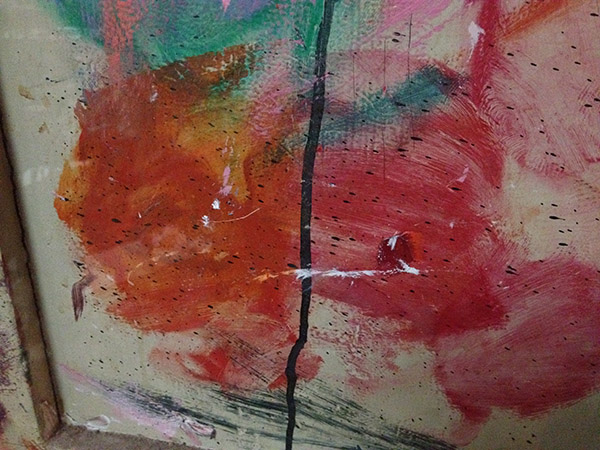
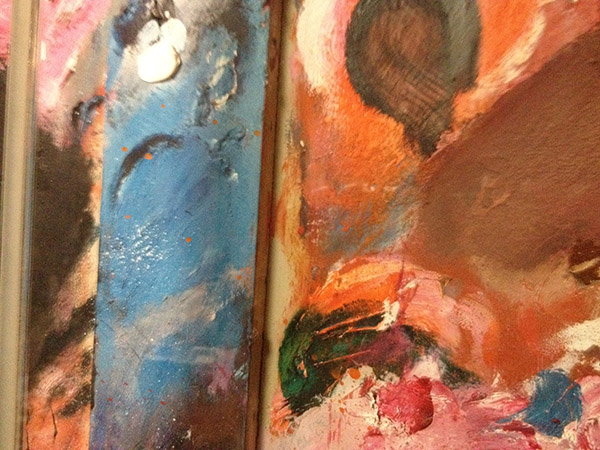
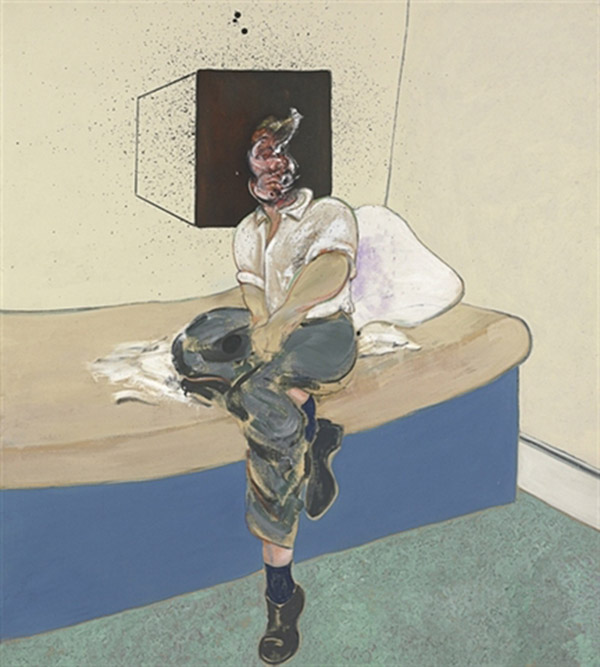
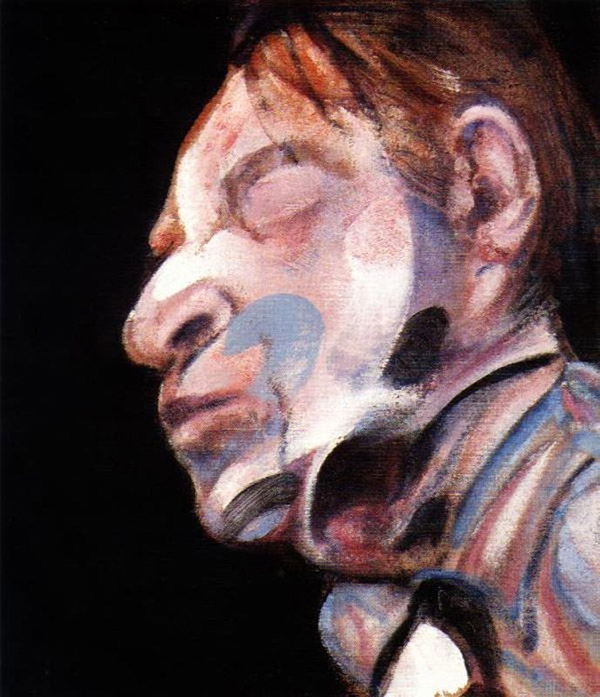
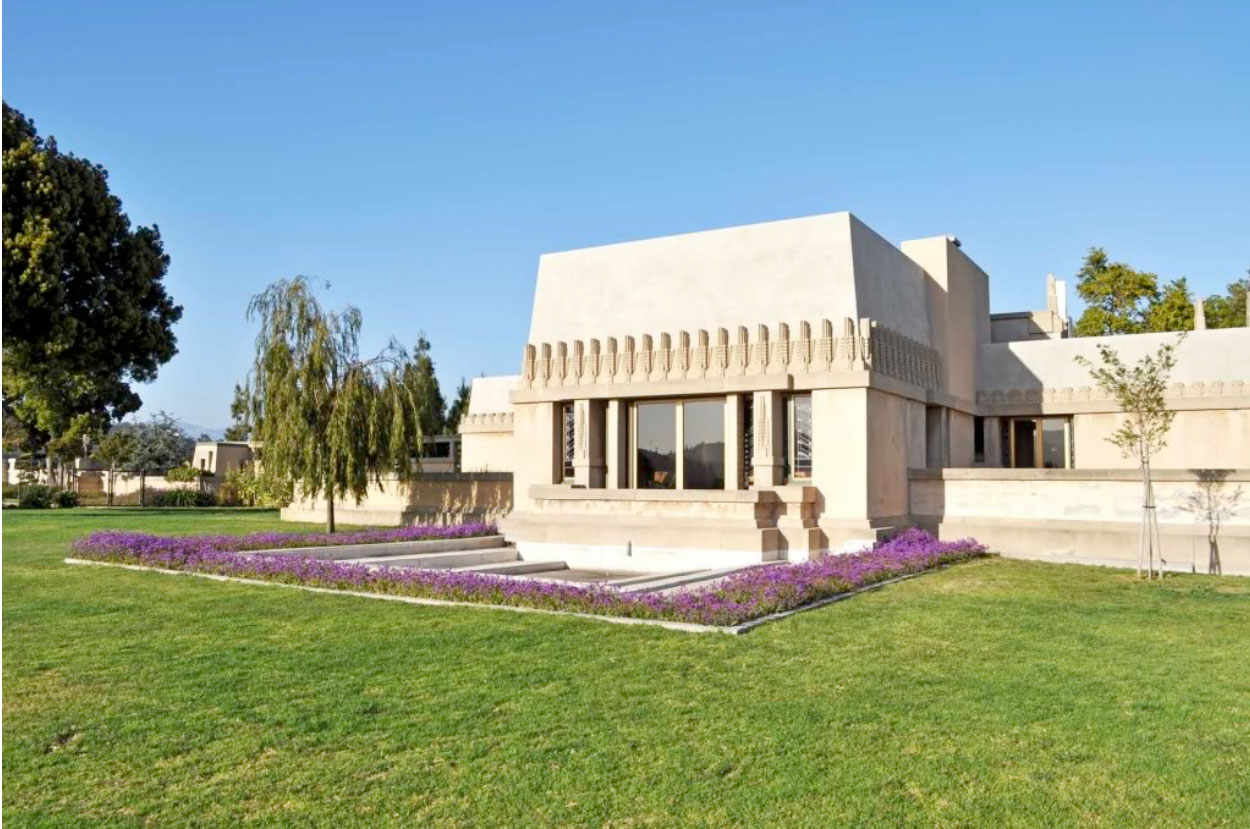

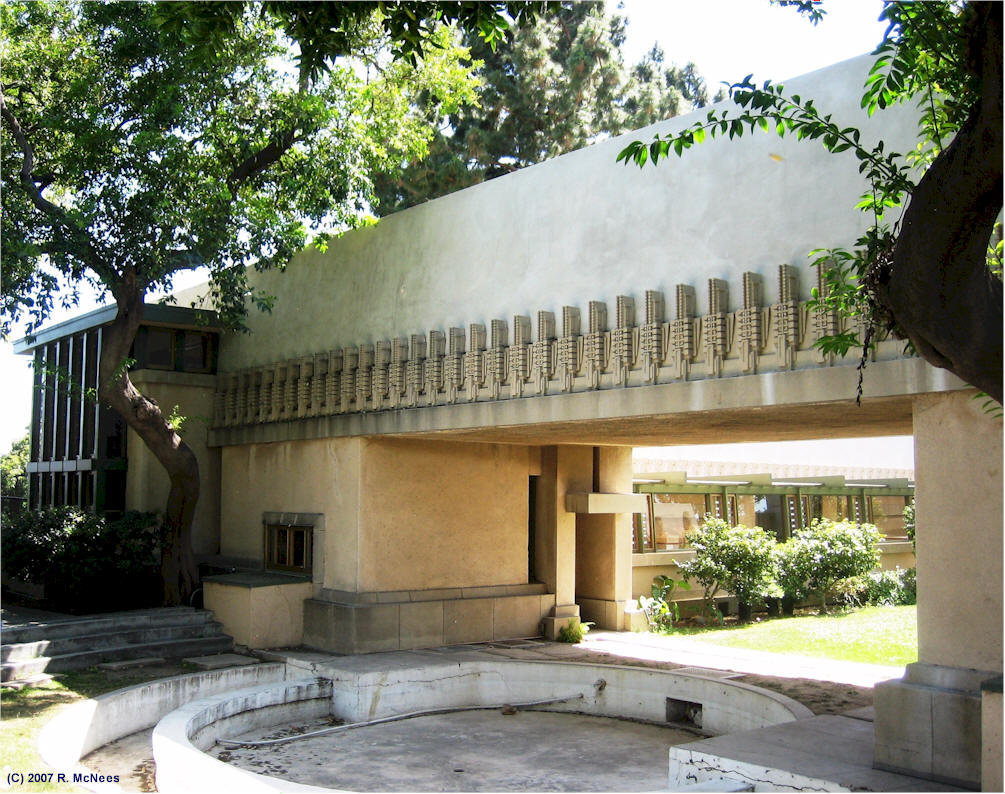
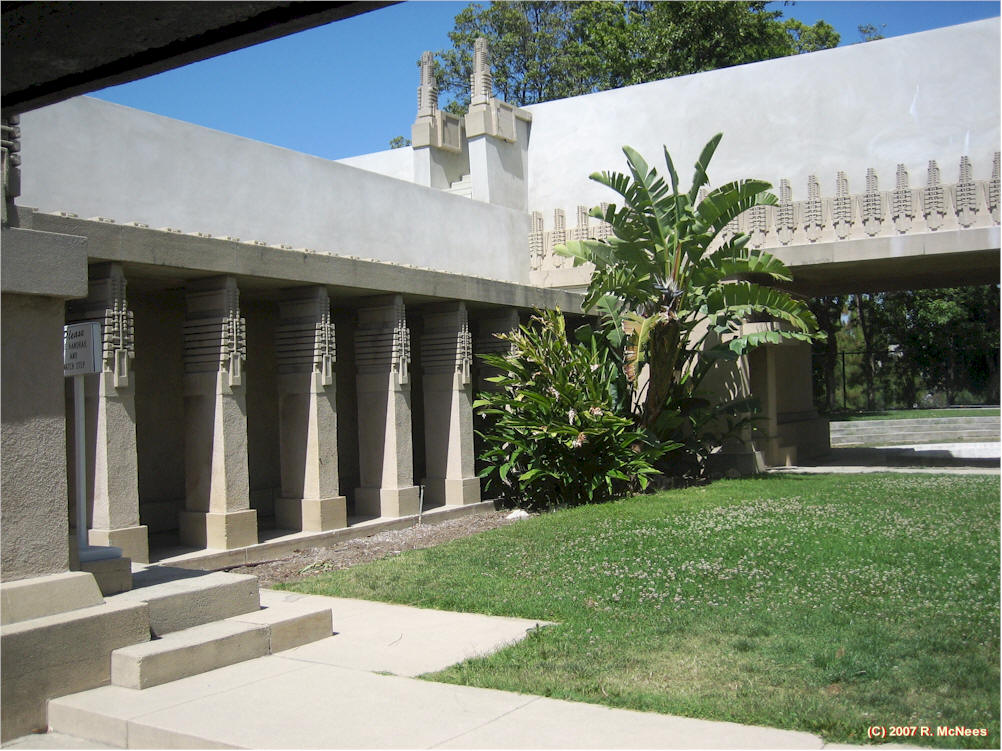
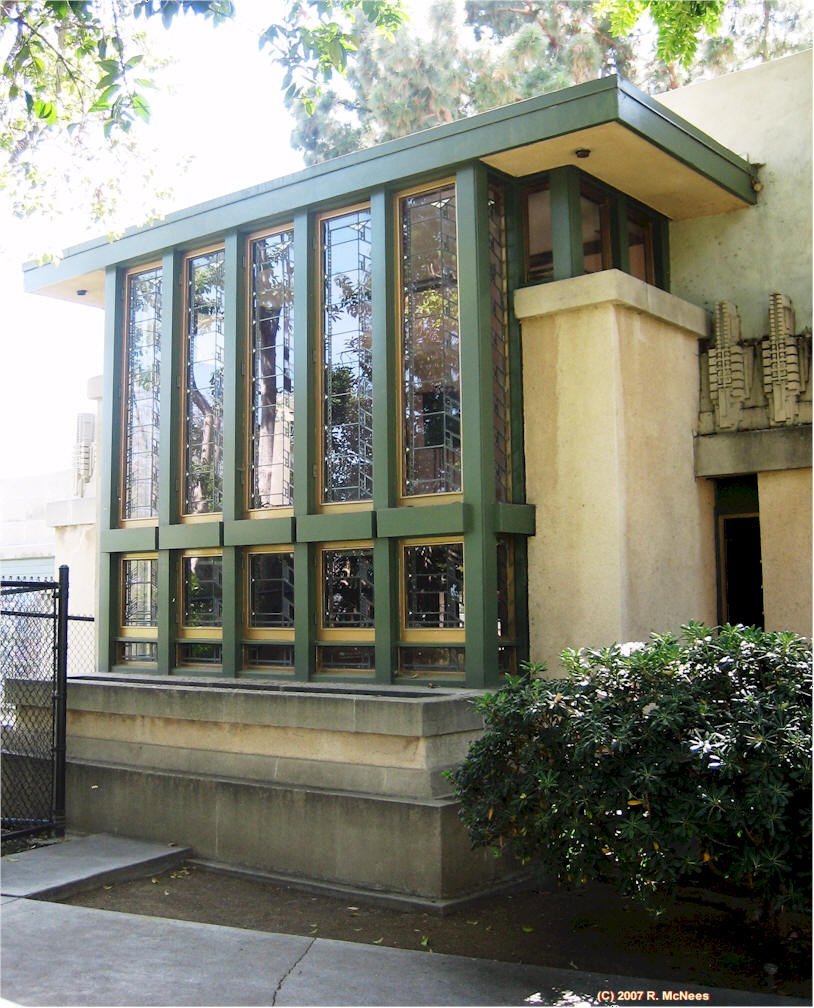
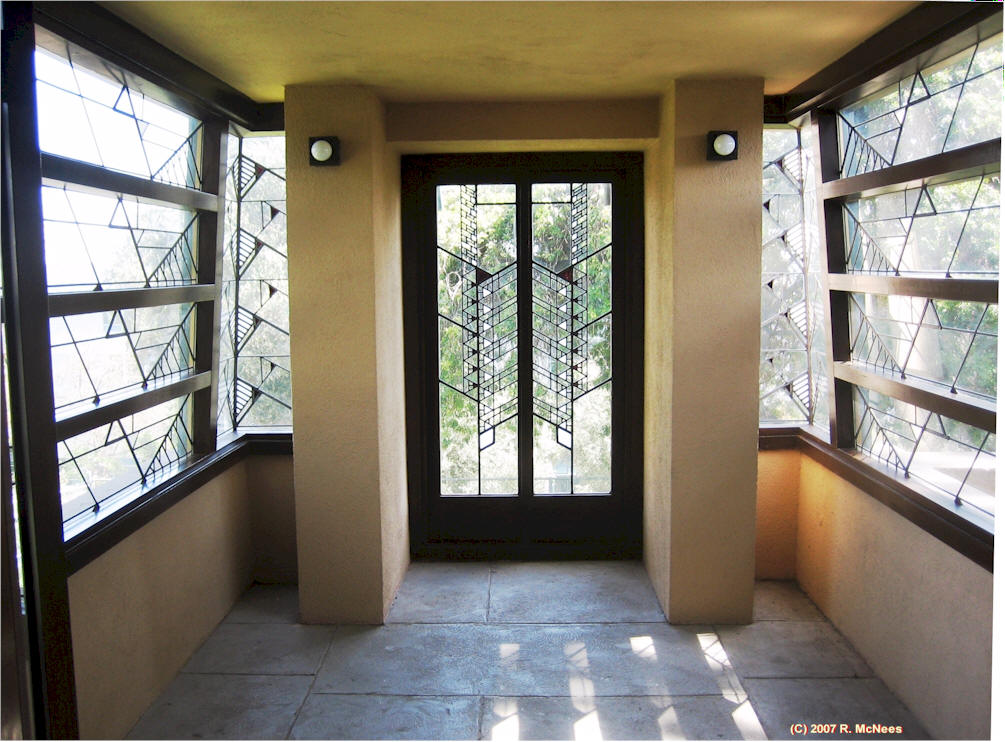
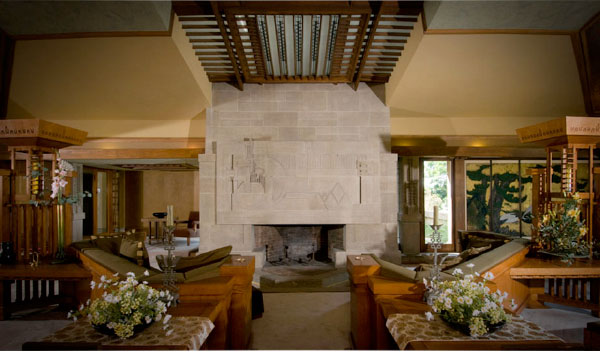
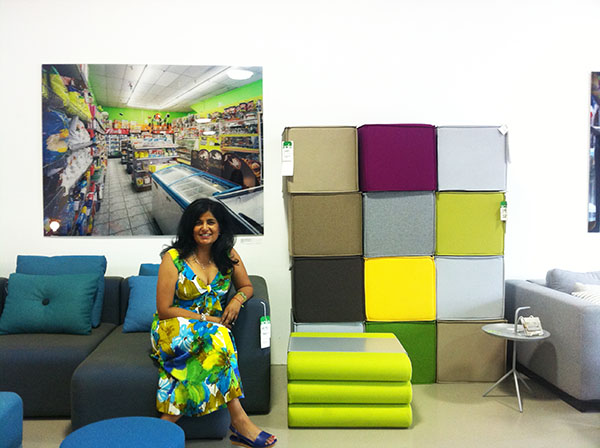

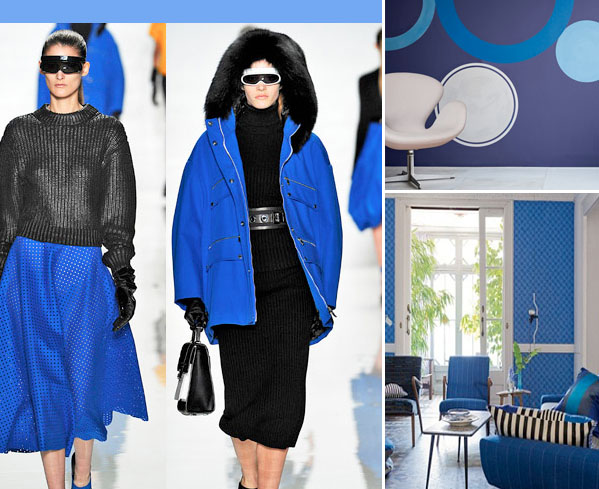
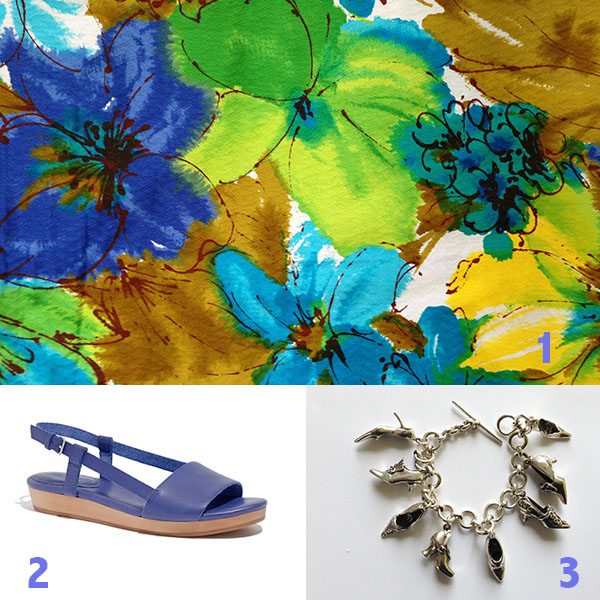

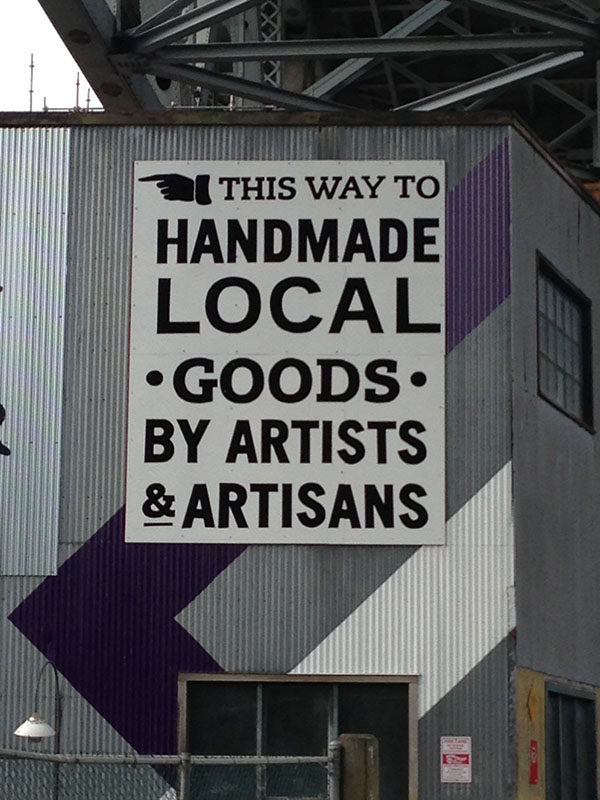
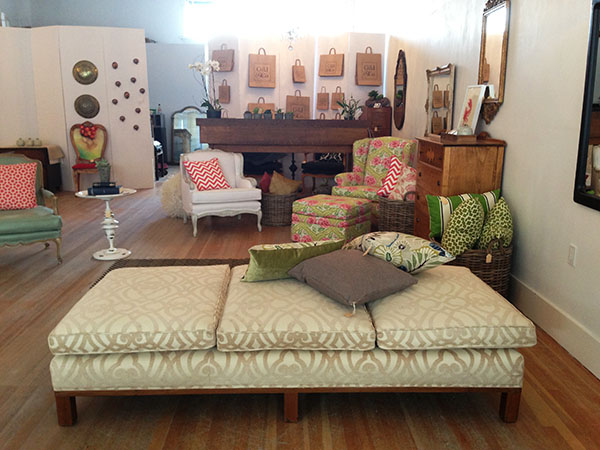

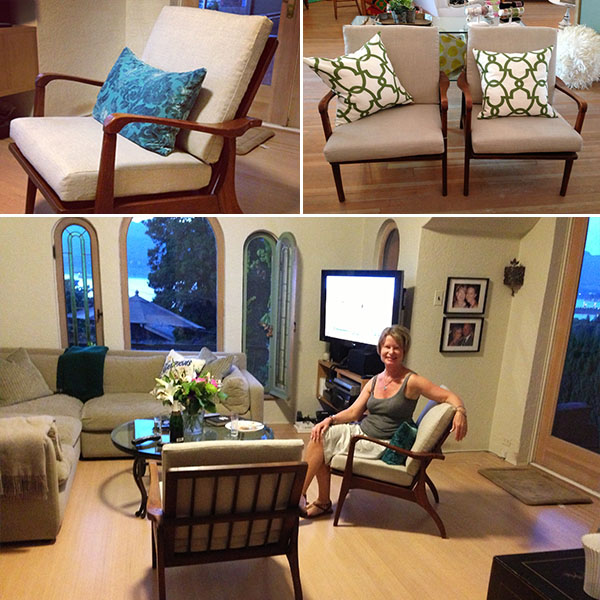
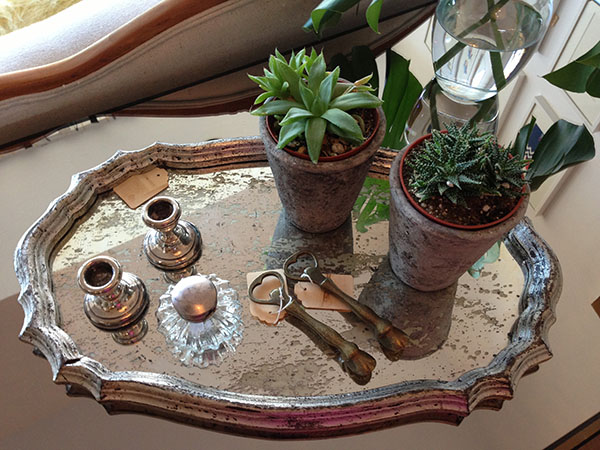
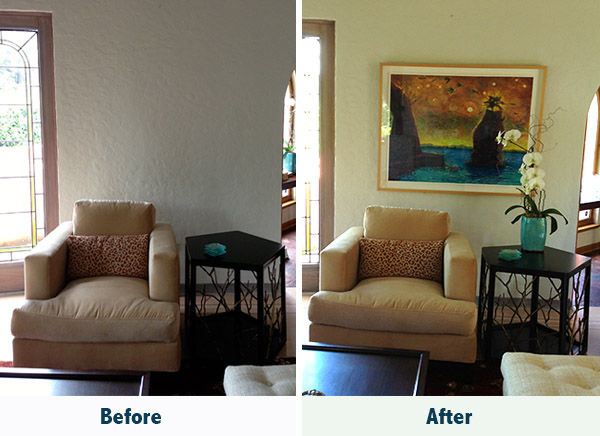


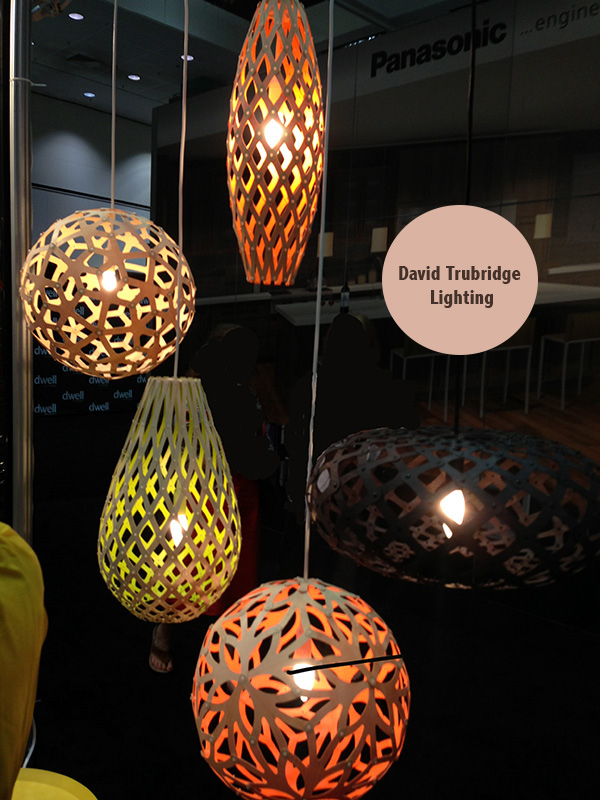 [pinit]
[pinit]